Design of New Words
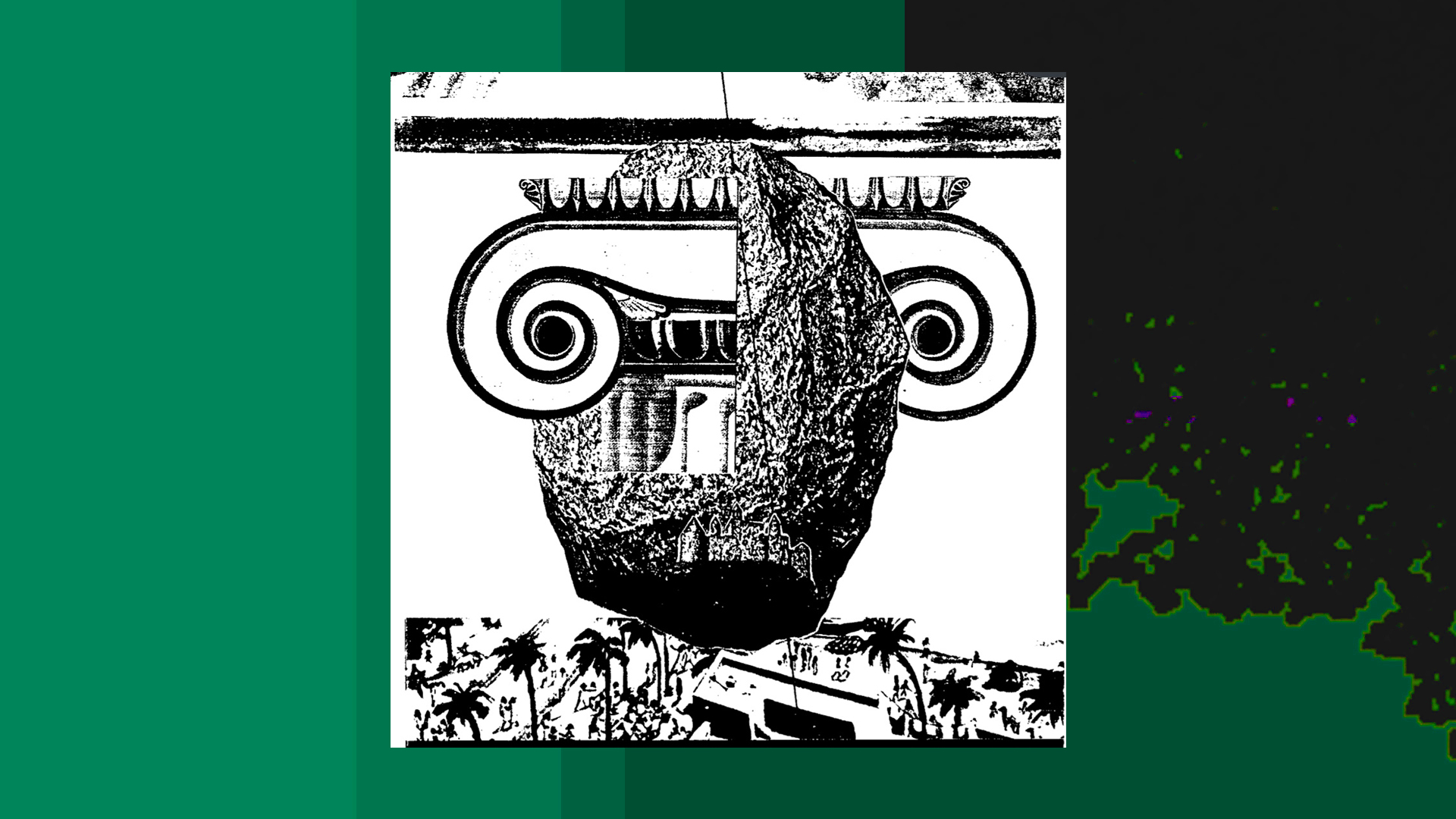
- From Design Of New Words
- Trasmigration Of Form
- Meaning of the Form
- The Eye Of Knowledge
- Before the Word
- Seeing is subjective
- Avant-Garde: Architecture Of Words
- Frames of the Visible
- The Stone Eye
- The Sphere and its Motion
- Metempsychosis of Architecture
- The Aesthetics Of Ornament
- The Unity of Architecture and the O. ...
- To see within Architecture
- The cosmic civilization
- Architecture And The Rise Of Art
- Theatre
- Architecture And Symbol
- Intuition
- Vision
- Imagination
- Short
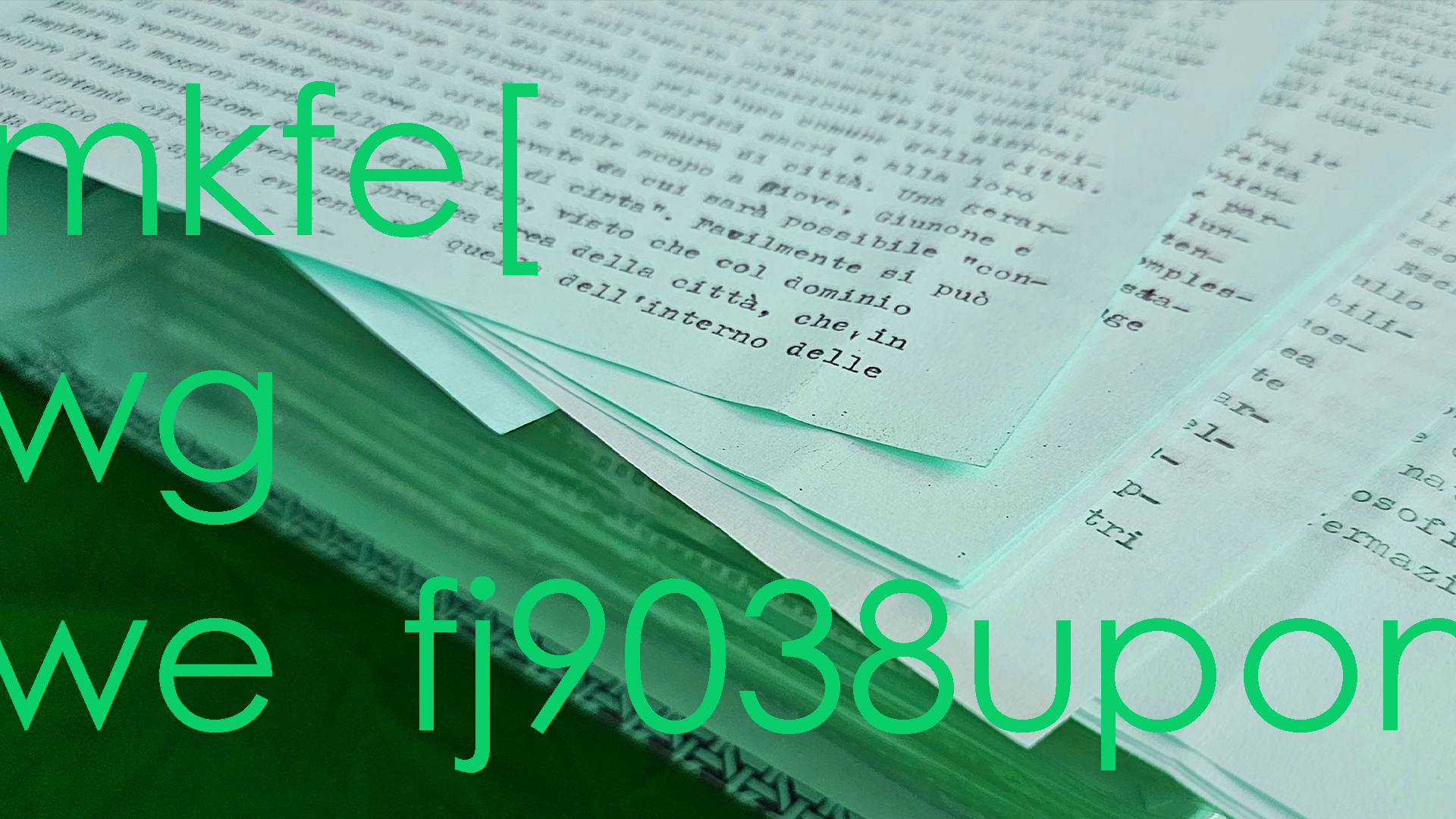
From Design of new words
Architecture Of The Soul. Image of the internal form
Architecture of the soul,
that of the sensations dominating man more than functions, the architecture of the spirit where the harmony of idea and its undisputed symmetry, given by purity of meaning and use, find space; the architecture of the psyche, where the corporeal and spiritual mind negotiate a just and appropriate mediation that materializes in function but rises from the depths of thought, from the idea.
Nothing can be built out of nothing
A construction presupposes a previous destruction, even if this is simple empty space; the object, the "non-object" marked by the boundary, the consciousness of the object itself, in their "corporeal" union will give rise to the phenomenon of the transformation of form. The remains of the old temple will be used for the construction of the new temple; the same stone blocks will tell the eternity of form. Memories of the concept of transformation in various philosophies and sciences, where nothing is truly created or destroyed, but rather transformed from one state to another.
The introduction of the computer
in the architectural field not only expands the graphic boundaries, but also the poetic and perceptive ones. The possibility of translating the architectural project for the machine generates more complex relationships than the simple man-machine bond, widely discussed by experts and critics. In the case of the computer, which acts as a control of the machines themselves, there is a further opportunity to integrate different addresses and cultures into a single calculating element, ready to process data coming from multiple knowledge with the aim of creating a common language.
Petrification and identification
Architecture is born and develops in two phases parallel to the representation of the spiritual and physical being: petrification and identification. The first as a transcription of oneself and the world in sign and form, the second as an artifice connected to the nature of the universe and to the soul of man and things; in the latter lies the hidden geometry of the work as well as the concentration of the forces of nature.

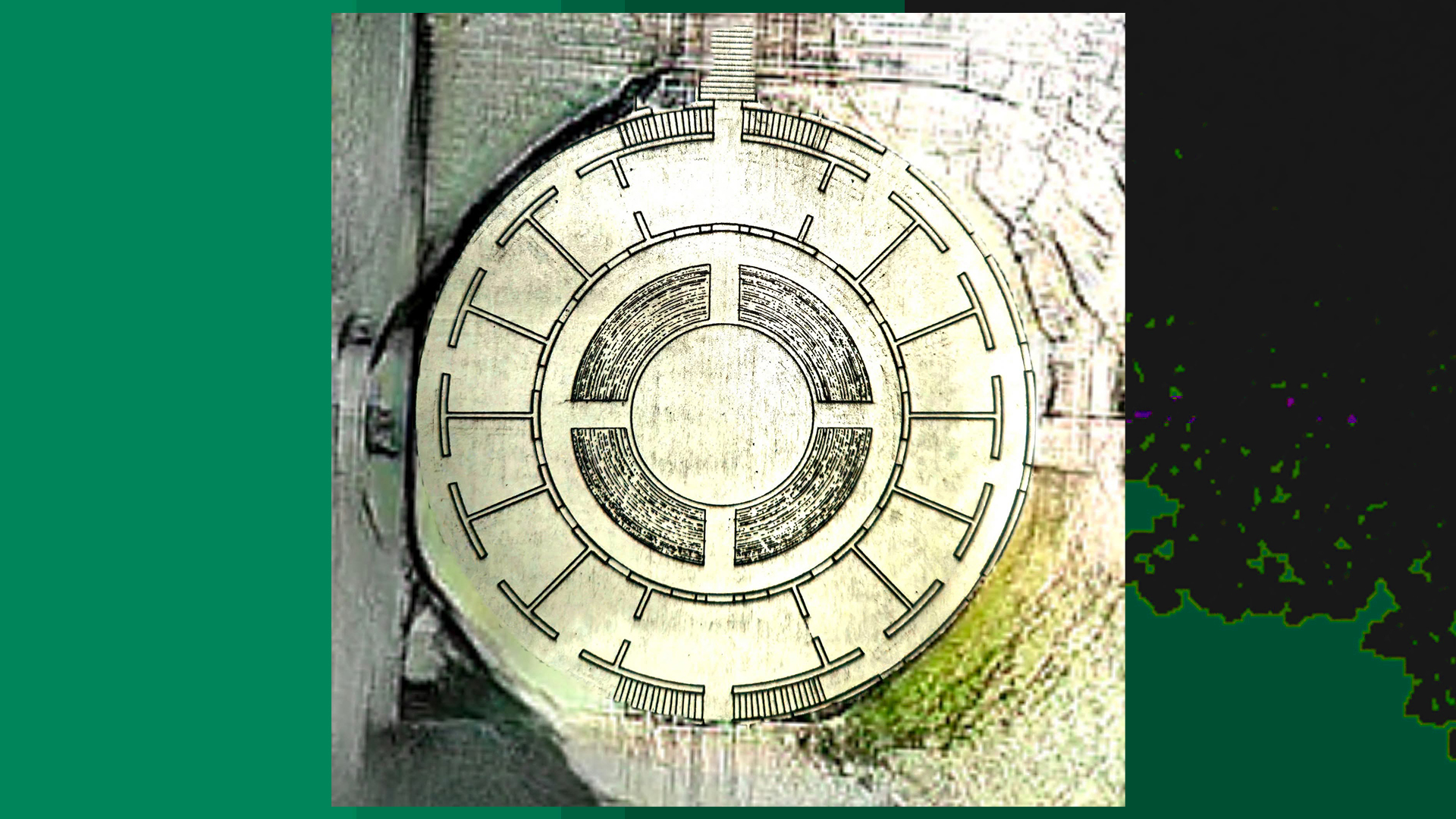
Trasmigration of Form
The inner form of things
Drawing from the currents of history, the position taken by Plotinus proves particularly significant, standing in contrast to the mimetic doctrine of the Greeks and Romans, who believed that representation was the primary function of literary and visual arts. This evolution of form is considered a decisive step in the history of aesthetics: the transition from antiquity to the Middle Ages retraces the same paths left in ancient times, just as modern language relates to the neo currents of the late nineteenth century.
“The arts do not merely imitate what passes before our eyes, but rise suddenly to the ideal forms from which nature was born. And let us not forget that the arts create by themselves; indeed, where something is lacking in nature, the arts add it, for they carry beauty within themselves.”
(Plotinus, Enneads).
The mediation between man and art, in Plotinus, refers to a broader concept: that of ideal forms. More than that, it transfers material form into spiritual form, connecting directly to the vastness of the soul’s world. Beauty is identified in the soul, not in form, color, or size. The key lies in the to en eidon, the “inner form” of things.
Symmetry, having become an external aspect, gives way to the essence of the thing’s parts. Plotinus’ spiritualism marks a pivotal shift in the conception of matter. The attack on the fundamental doctrine of ancient aesthetics, which held that beauty derives from the proportion and arrangement of parts, is synthesized in a new conception: beauty as a quality independent of formal relationships. Symmetry may apply to material objects, but not to spiritual ones. Consequently, the traditional definition of beauty may be suitable for some objects, but not for all.
The transition from inner to outer form is the artist’s task, who uses art as pure creation. We face a continuous transformation of the species: no longer imitation of nature, but transcription of the imagined. The comparison between the untouched stone block and the sculpted one becomes a necessary verification of knowledge: the artist’s idea materializes, moving from within to the carved stone.
Art is entrusted with the role of medium between this world and the other or rather, between the ideal image of the model and the image of the inner form. On one side are real objects and visible forms, represented through symmetry and order; on the other, the eternal model born from the artist’s mind. In this way, art becomes the mirror of the spirit, and music, poetry, and visual arts are tasked with giving objects a spiritual form, creating their beauty.
What has been called Plotinus’ unsurpassable achievement is, above all, a modernity of language that does not only concern the realm of art, but sinks its foundations into a broader sphere of action that of the spirit. When, in modern terms, we speak of relationships, symmetries, geometries, functions, it would be wise to reconsider earlier reflections that shape our cognitive repertoire, now elaborated through individual and collective memory, as well as the psyche itself, which constitutes the new concept of spirit.
With the exaltation of functions understood as mere bodily movements, a masterful part of architecture dies, relegated to oblivion to make room for the reasons of the body.
The architecture of the soul, of sensations that dominate man more than functions, becomes the architecture of the spirit, where the harmony of the idea finds space, and its undisputed symmetry is given by the purity of meaning and use. The architecture of the psyche, where corporeal and spiritual mind negotiate a proper mediation, materializes in function but rises from the depths of thought, from the idea.
A modern study on symmetry and the consequent evolution of the term would frighten even the boldest of contemporary architects, who have only managed to coin the asymmetric for lack of anything else.
The emblem of the functionalist era is the sum of elements with an active role in architectural construction. With the classification of passive elements (i.e., decorative), functionalist buildings, rejecting ornament, reduce architecture to the bare skeleton. The International Style, established in 1922, incorporates the technical and compositional acquisitions of modern functionalism, proposing an architectural model focused on the problems of living in spaces designed according to human needs.
The simulation of mechanical flight admits no escape: the tragic disappearance of poetic assumption is compounded by the exacerbated task of the modern architect. Practices that distort the aesthetic evolution of the species contribute to the comatose state of a mechanical architecture, ready to suppress the golden constants of the human species.
The impact between man and machine, produced by technological progress, fails to consider the multifaceted nature of its effects. The continuous abandonment of poetic research in pursuit of constructive perfection imposes limiting conditions: concrete, synthetic materials, iron, and glass demand top priority, transforming order into collective disorder, exploding the primordial element of architecture, which finds space only in the realms of fantasy and imagination.
Man-machine-architecture becomes the unresolved enigma of the twentieth century, which cares little for invention techniques or mythic perspectives drawn from the architecture of time; suspended plots await judgment, while swirling staircases without destination soar in anticipation of possible classification and codification.
The architect, impoverished by the constraints of the production world, confines his field within the infernal chaos of prototypes frozen by the very machine that creates work but simultaneously destroys the spirit.
Not even surfaces painted with primary, dazzling colors will suffice to cover the abyss of incongruity proposed by the Modern Movement, awaiting a possible evolution of that hasty sale of vital organs from the repertoire most widely known as the sublime expression of ourselves. The wait and the reckless polemic of so-called moderns may constitute the beginning of an architecture that, with its gaze on the past, lives in the future.
From "Design of New Words" Trasmigration of Form by Filippo Lo Presti 1989
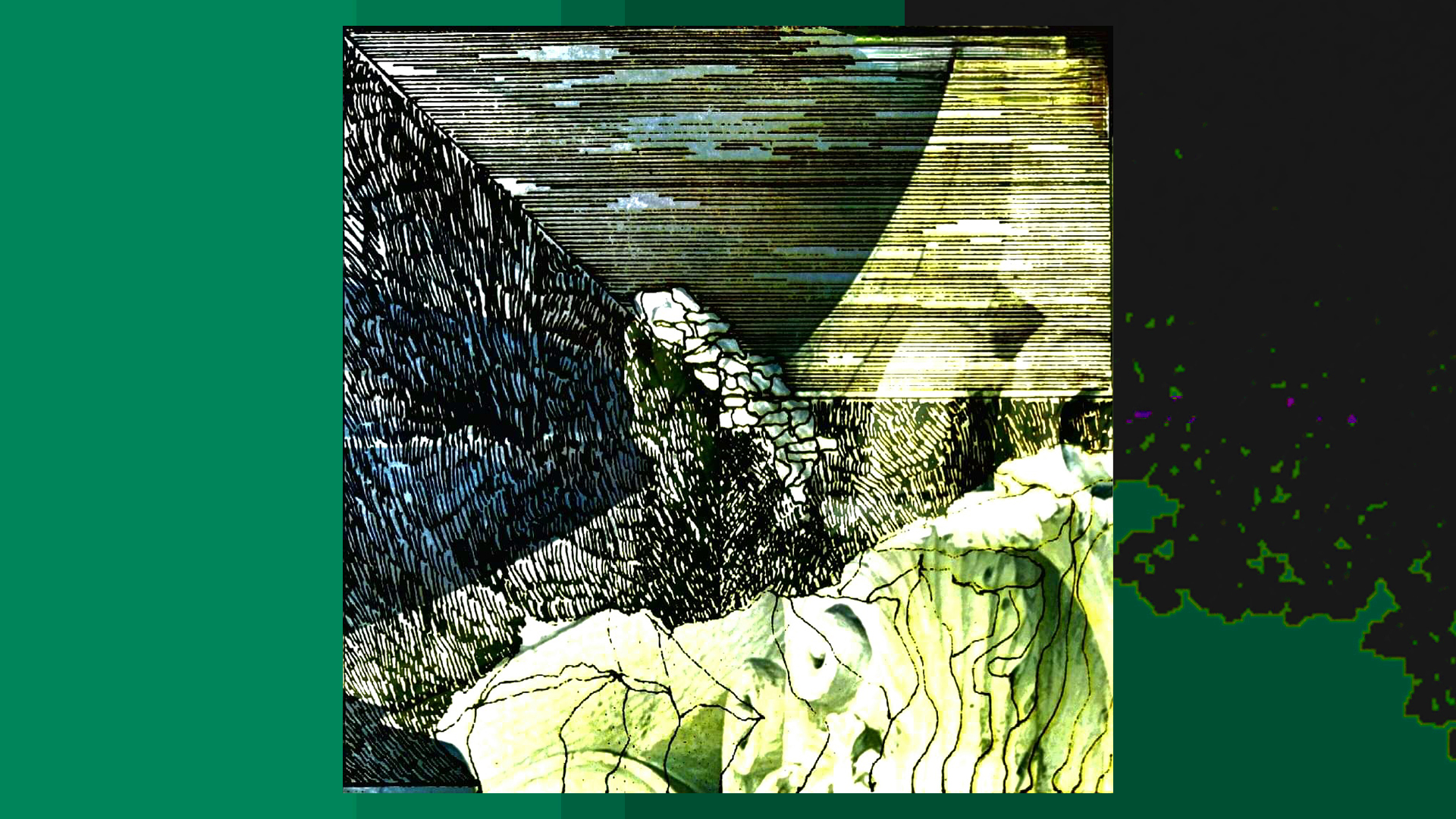
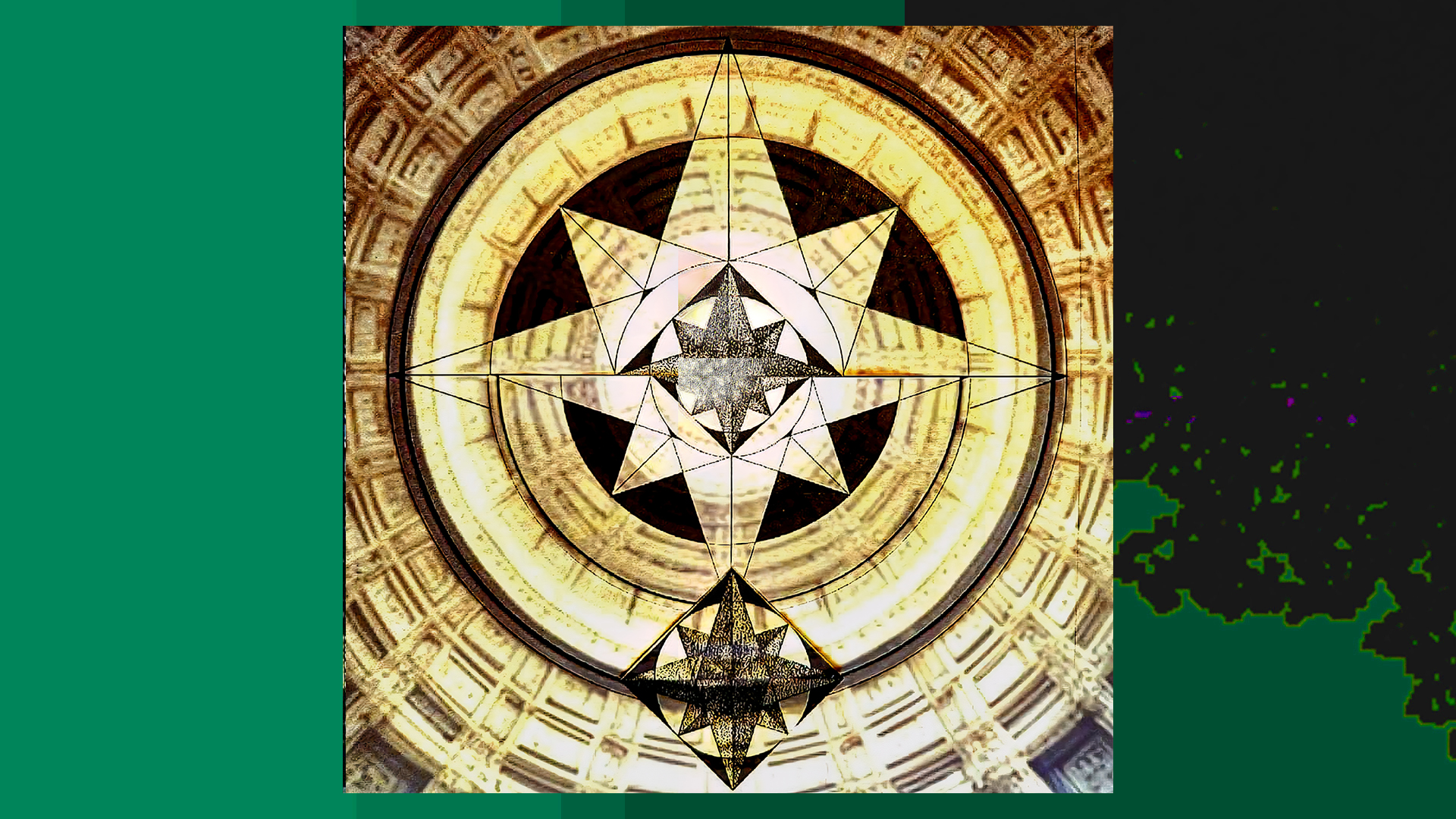
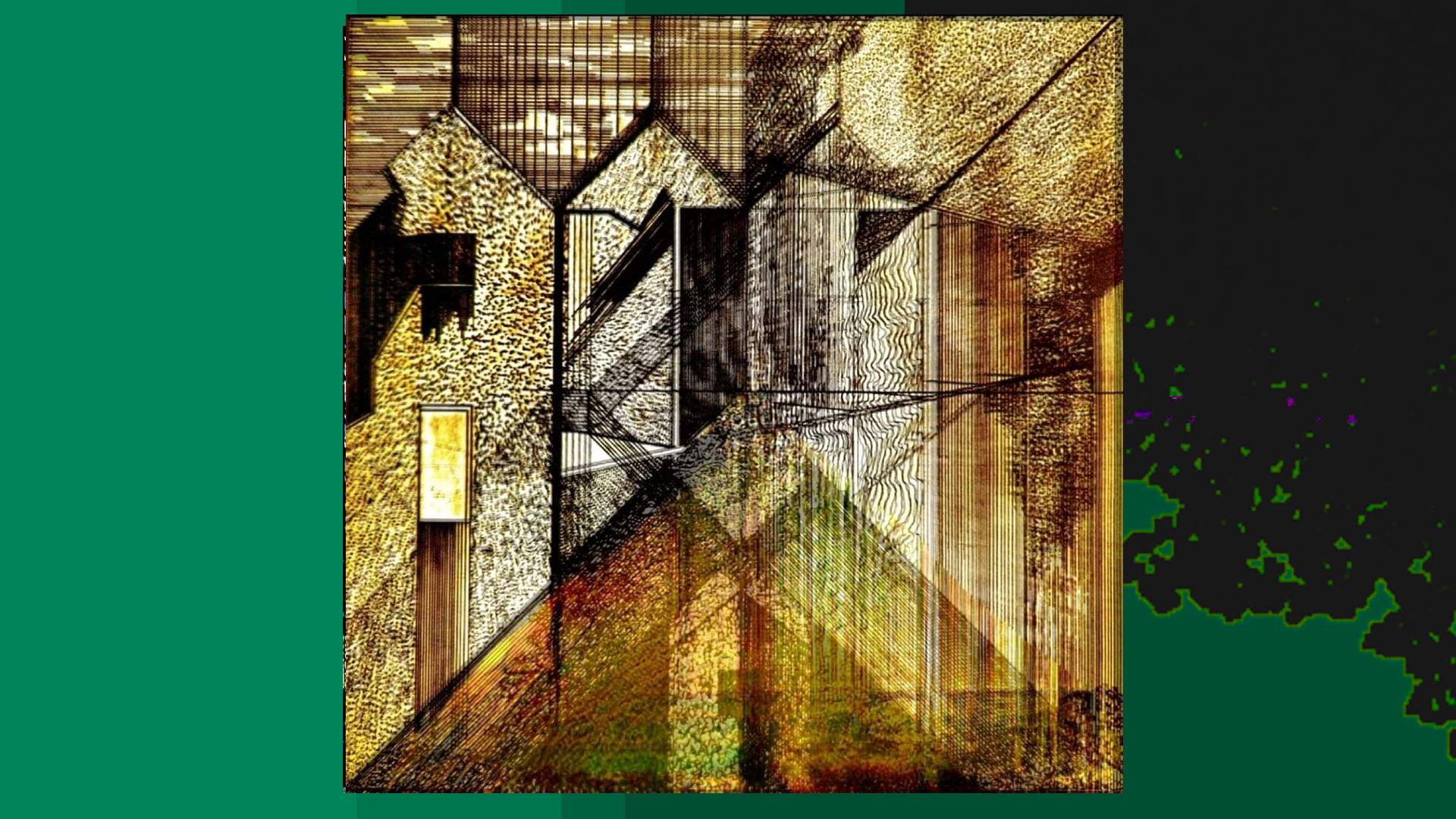



Meaning of the Form
On the Faculty to Produce Perceptions of Absent Sensible Things and on the Image of That Which Has Never Been Perceived by the Senses, Through Division and Composition of Images
The general sense, which encompasses and coordinates all other senses, perceives across multiple domains: physical entities, sensible phenomena, and ideas, whether present, absent, past, current, or future. All objects are, to some extent, sensible; at times merely visible, at others both visible and tangible, and so forth.
When an idea migrates from its initial state to a form of external representation, passing, for example, from a mental image to written form, a shift in rhythm occurs, an alteration of its prior stillness. If this transition unfolds with creative intent, it materializes in various forms: painting, sculpture, architecture, among the most evident.
Perception typically arises from the encounter between object and mind. However, when it develops between the perceiving mind and an absent object, the discourse requires clarification of terms such as “understanding.” Not everything that is present constitutes the totality of what exists; absence is discernible through the specific senses, not through the general one.
Attention, which governs both known and unknown senses, may also dwell on what is invisible or inaudible, on everything that can be grasped by the general sense. Instinct guides certain human inclinations, while reason stands ready to restrain potential deviations. Reason implies a precise regulation of thought.
The irrational is the escape of thought from reason: a finished product of an idea not subjected to reasoning processes and, therefore, resistant to rationalization. This cycle expands indefinitely, breaking into other expressive domains. Architecture is one of these: a field open to sensible expression.
At the moment of its emergence, the idea is irrational, not yet confronted with rationalizing processes. Its internal nature does not yet account for the subsequent, more or less canonical, alterations imposed by the external world. The process of rationalization, typical of emancipated cultures, compresses the internal idea within a grip formed by parameters aligned with political and social structures.
In art, this phenomenon is less subject to control, and thus more open, more unconditional.
From "Design of New Words" Meaning of the Form by Filippo Lo Presti 1989
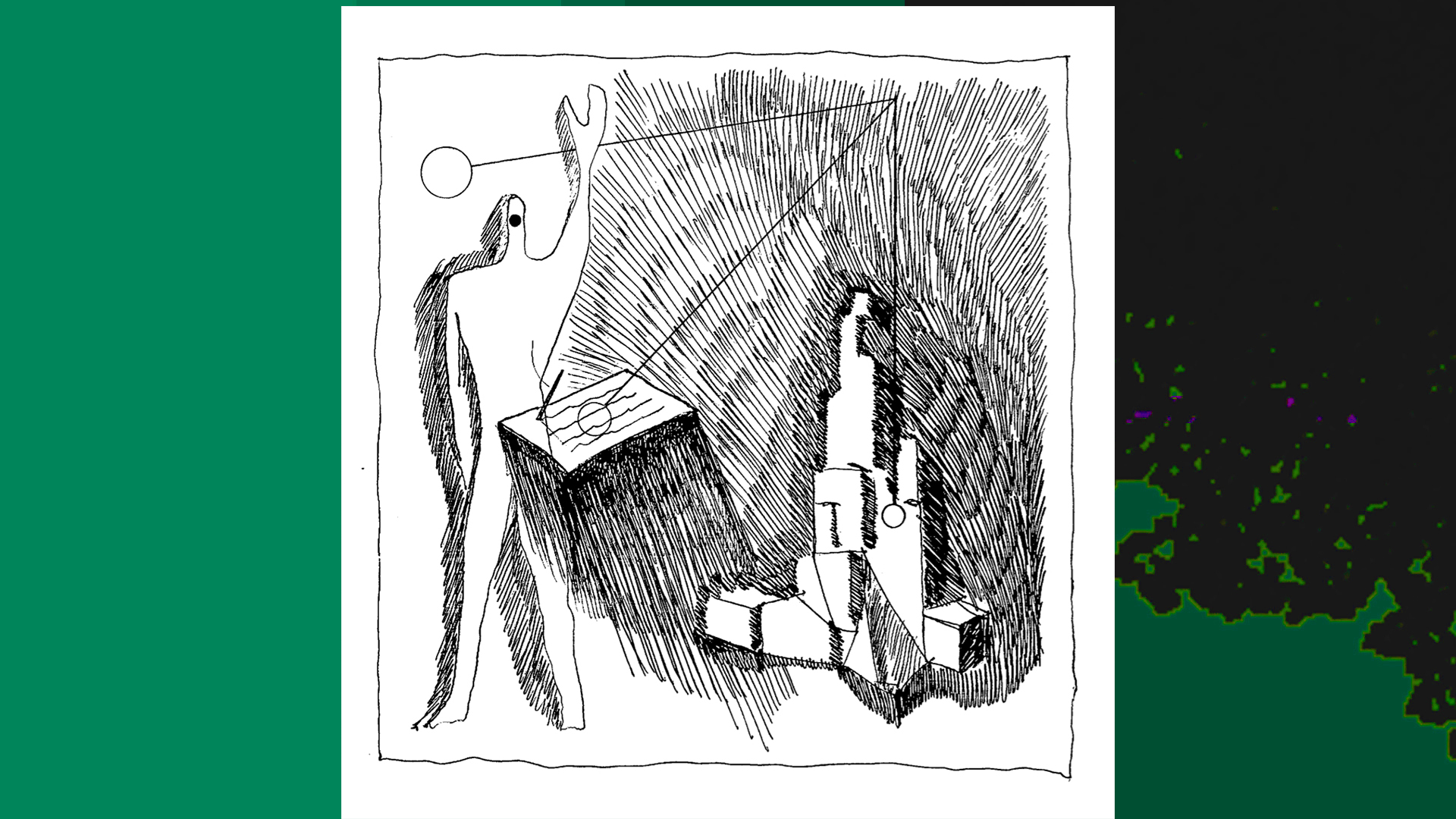
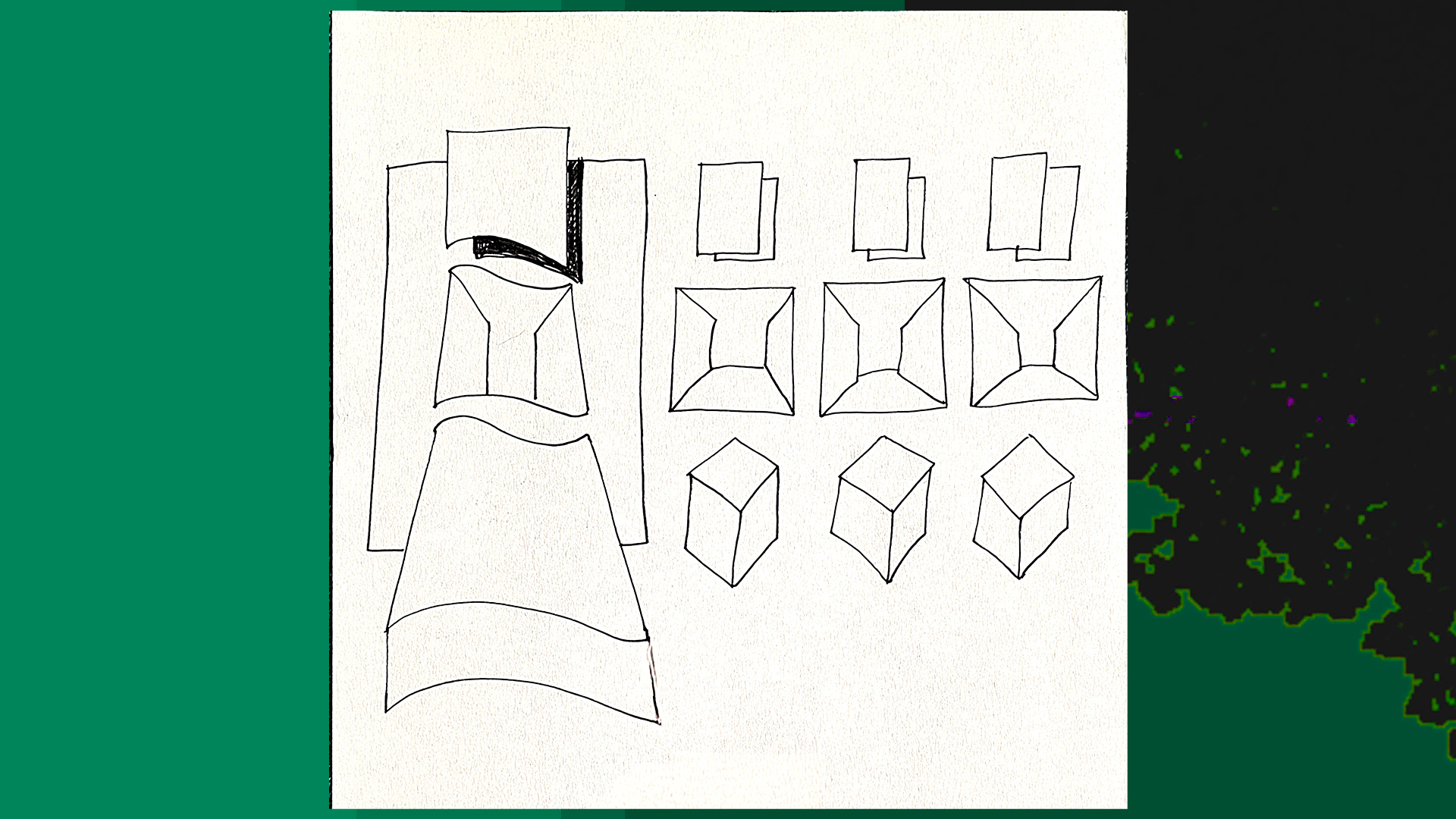
The Eye of Knowledge
Avant-garde: The Language of Transgression. The Eye of Knowledge
The vastness of the traditional photographic repertoire, understood as unaltered depiction, is considerable. Optical alteration, once perceived as a transgression against nature from the earliest uses of corrective lenses for the eye, has gradually been canonized, at least within the realm of art.
Access to this altered world, the freedom to modify or perceive reality in a modified way, becomes aestheticized in out-of-focus figures, veiled by clouds of pure white or by undefined hues blended into the form itself. Through prolonged exposures and moving objects, different stages of a single action are fixed in one image, allowing the continuity of a gesture and the correlation between its parts to be perceived.
Photomontages, moreover, admit the coexistence of two or more distinct realities within the same space. Thus, a prehistoric man, mounted photographically alongside a modern man, may belong to a shared temporal reality, inhabiting the same space-time. The annulment of time allows two historical enemies to shake hands in a single photograph, despite the centuries that separate their lives.
Figures may overlap, merging into a single unit: the image of a cube may coincide with that of a sphere, which in turn may merge with a pyramid. The three solids will constitute a unique form, just as a man’s face might be superimposed onto an animal’s, and so on.
In art, these phenomena have been accepted and even celebrated. In other fields of knowledge, however, such overlaps are considered premeditated deception, tools for altering the minds of the ‘faithful’ by revealing horizons too discordant with the rules of collective wisdom.
‘Hidden’ researchers experiment with photography in its essence, transcending the limits of a single moment and working with action in motion. Few commercial films, created for the market, manage to communicate more than canonical sensations: hatred, love, war, peace, etc. They rarely venture into the realms of genuine knowledge; such films would be commercially unviable.
The film industry, embraced by a multitude ‘awaiting judgment,’ produces works according to the parameters of a marketable message. The structure of a film, as the story of an event, becomes a montage of scenes, a dubbing of voices and sounds, a repetition of pseudo-reality, stripped of any ascent toward the unknown.
Viewing a conventional love story is boring, as it is falsely constructed, much like art forgers replicating masterpieces. The camera, like the photographic device, is an irreplaceable tool for knowledge, especially for those lacking imagination, for those who, considering the 'eye of knowledge' an absurdity, deny their own minds the possibility of truly seeing.
From "Design of New Words" The Eye of Knowledge by Filippo Lo Presti 1989
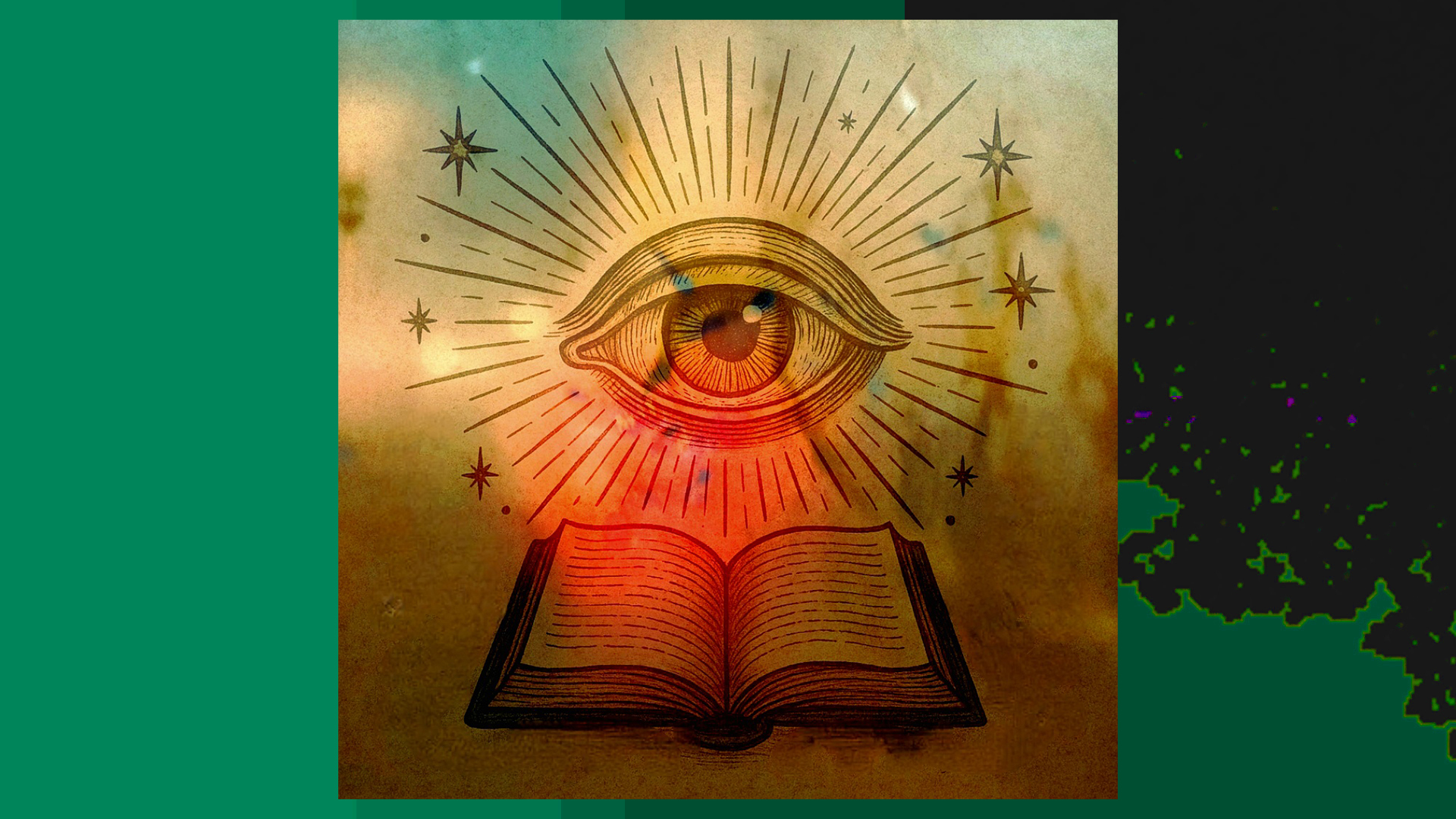
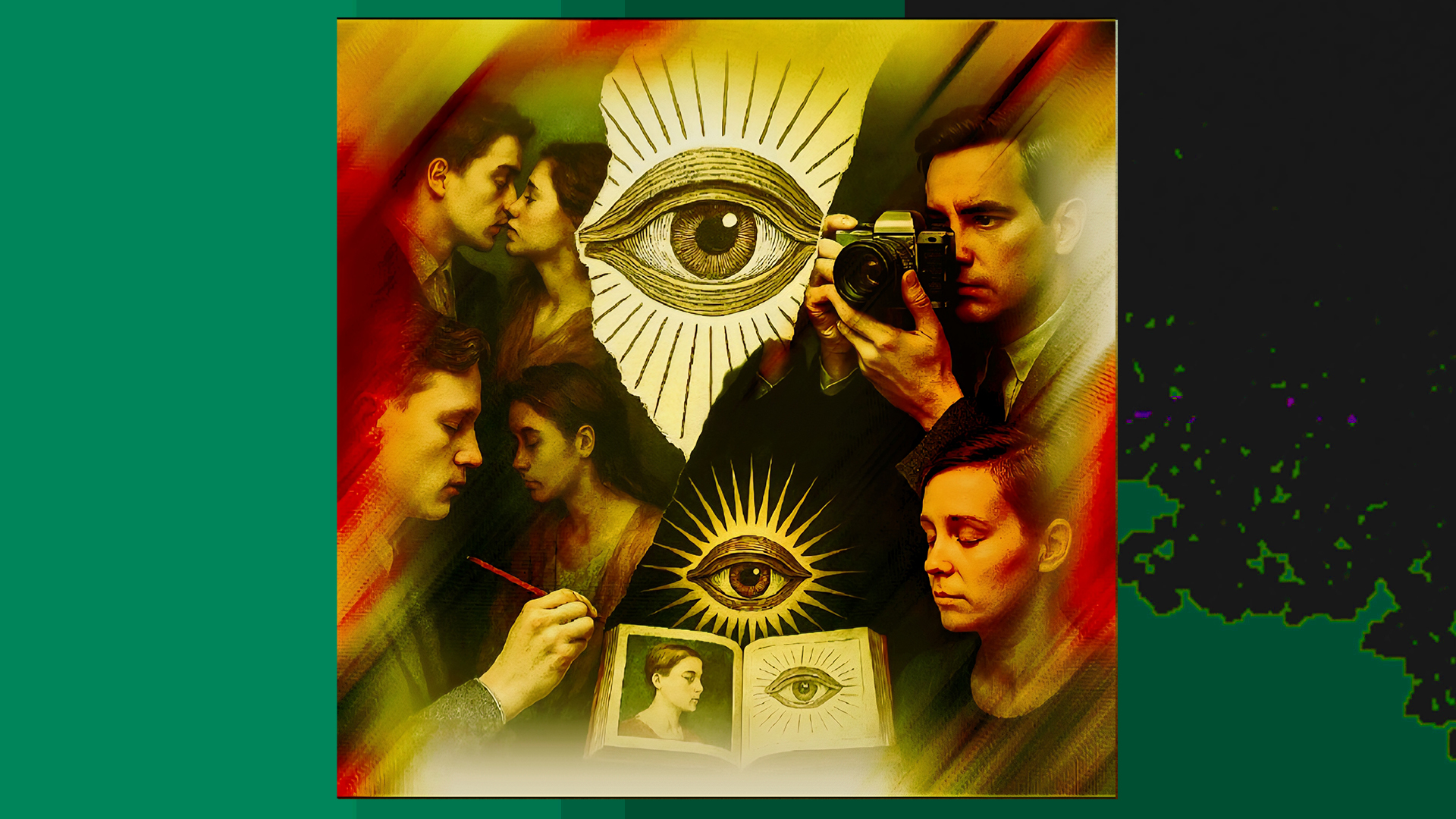
Before the Word
In exploring the architecture of language
the eye of knowledge lingers on a hypothetical premise: the “before” of the word. We can imagine the word itself as a threshold, an ideal doorway. To cross it is to enter a realm where multifaceted meanings invite exploration. The door thus assumes a dual condition, both physical and symbolic, defined by the general sense the word embodies.
The place that gathers all the doors of knowledge is an open courtyard, exposed to both sky and earth. Its floor, suspended in the void, offers a vision of the ground below, while the sky serves as its ceiling.
Each word corresponds to one of these ideal doors, which, at our command, open onto constellations of interconnected definitions. The matrix that generates them is unique, yet its essence modulates, transforming each term into an autonomous and meaningful entity.
The expansion of a word’s meaning allows for amplification, drawing out the elements most akin to our search. This process invites us to investigate the qualities of the space preceding the word. Imagine communicating an idea without verbal language: gesture emerges as the first vehicle, an instinctive and immediate expression of intention.
The eye of knowledge moves backward, urging instinct to seek ancient expressive tools. This regression transforms the present into a distant past; to access such a space is to explore the intuitive origins of thought. Intuition, in fact, connects all species: from mother to child, from human to object, from things to Nature, up to the ultimate bond between humanity and Nature itself.
The possibility of dialoguing with Nature, granted to humanity in multiple forms, often transcends canonical speech. Communication occurs through songs, laments, prayers, actions, and exhortations, intuitive models for transmitting meaning. The word, when it finally appears, is already clothed in poetry, embodied in the texts of songs, becoming a bridge to the other.
The faculty of speech adds a further quality: it garments words with personal meaning, elaborates them, and re-codes them. This variation of definitions is, in itself, a creative act. Indefinition, as semantic openness, becomes an exalted quality, celebrated for the breadth of its own boundaries.
If we consider the word as a phase that follows the idea which, for functional reasons, uses the verb to make itself intelligible, it reveals a world still unexplored: rich with multiple natures and in constant transformation.
From "Design of New Words" Before the Word by Filippo Lo Presti 1989
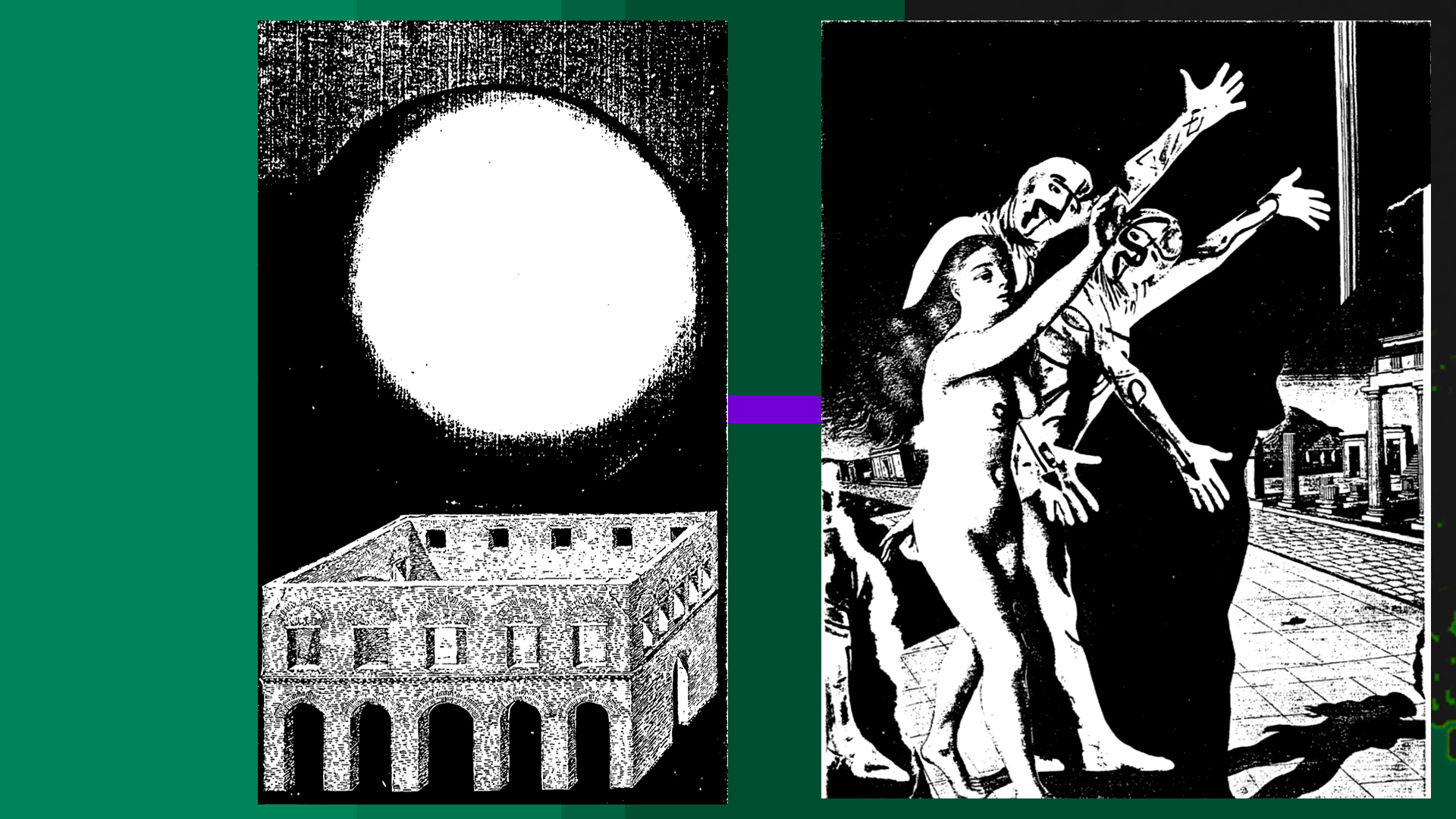
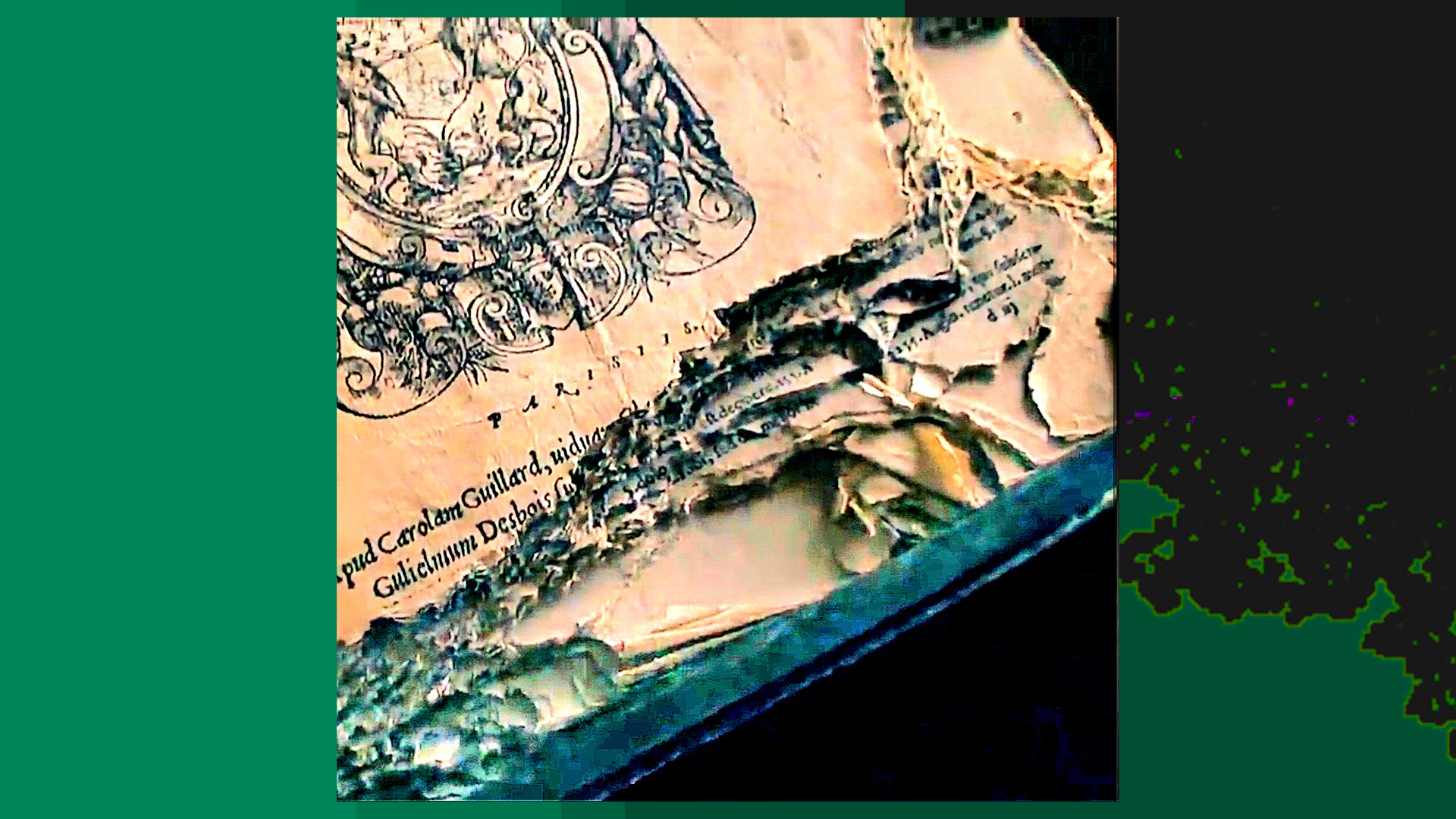
Seeing is subjective
Seeing remains an intrinsically subjective act
Gesture and word can be controlled, even censored. Writings remain; words, instead, fly — and with them soar the meanings one wishes to attribute to them.
The non-word, or rather the pause, is the receptacle of a silence that is only apparent. That void, an indeterminate space, dictates the rhythm of communication. The potential regressions within the interstices between words share an intuitive sense with the words themselves.
The precognition of a future event not only identifies its possibility but also intuits its physical characteristics, to the point of predicting them. Well-known, for example, are the capacities to influence atmospheric agents attributed to the Polynesian peoples, as is the ritual use of lament to soothe pain.
The power of mental action is immense, even in the definition of architectural structures. Of this space of the word, of what precedes it and what follows it, many have interpreted the general sense, but few have fully explored its possibilities.
From "Design of New Words" Seeing is subjective by Filippo Lo Presti 1989
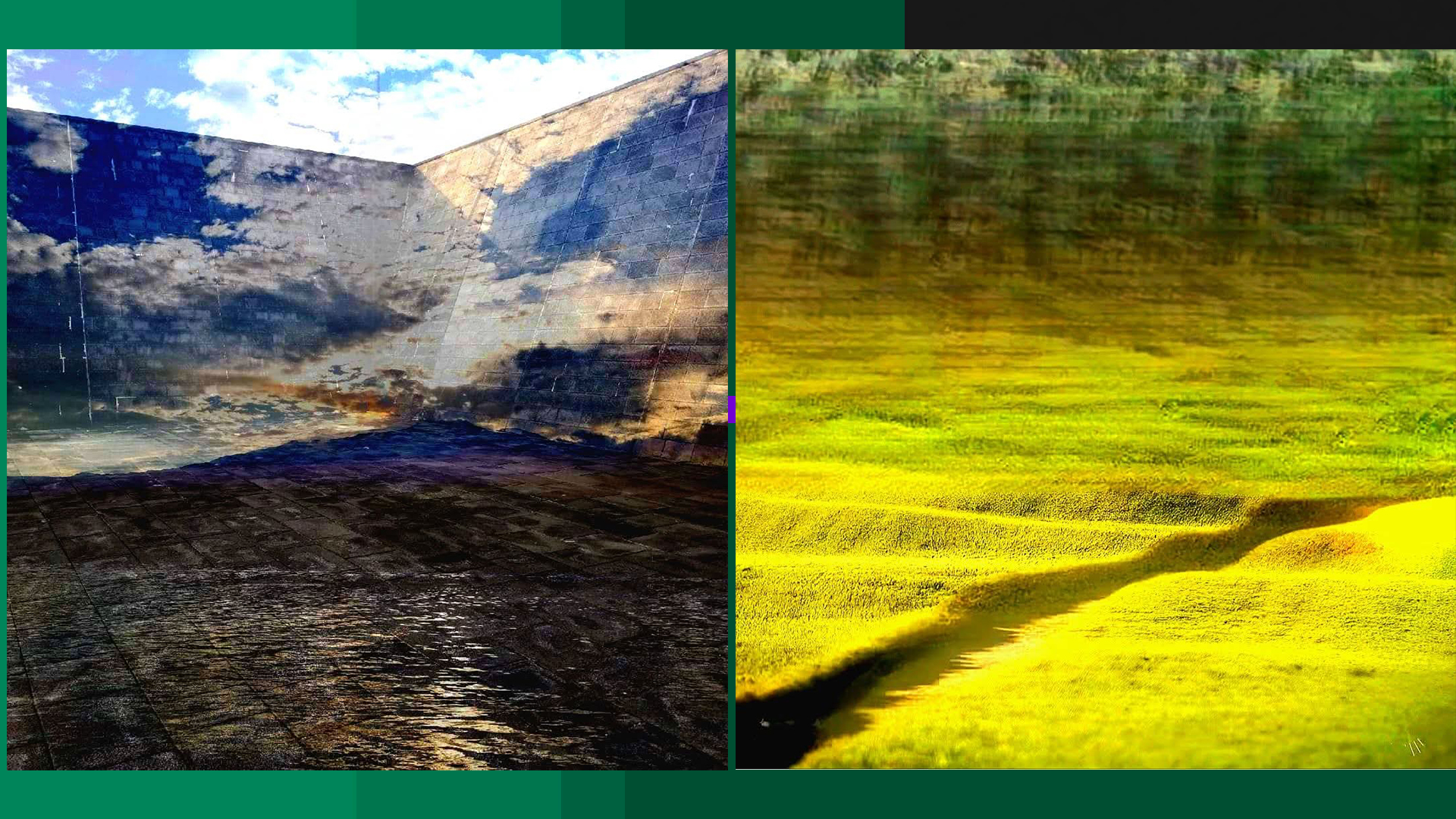
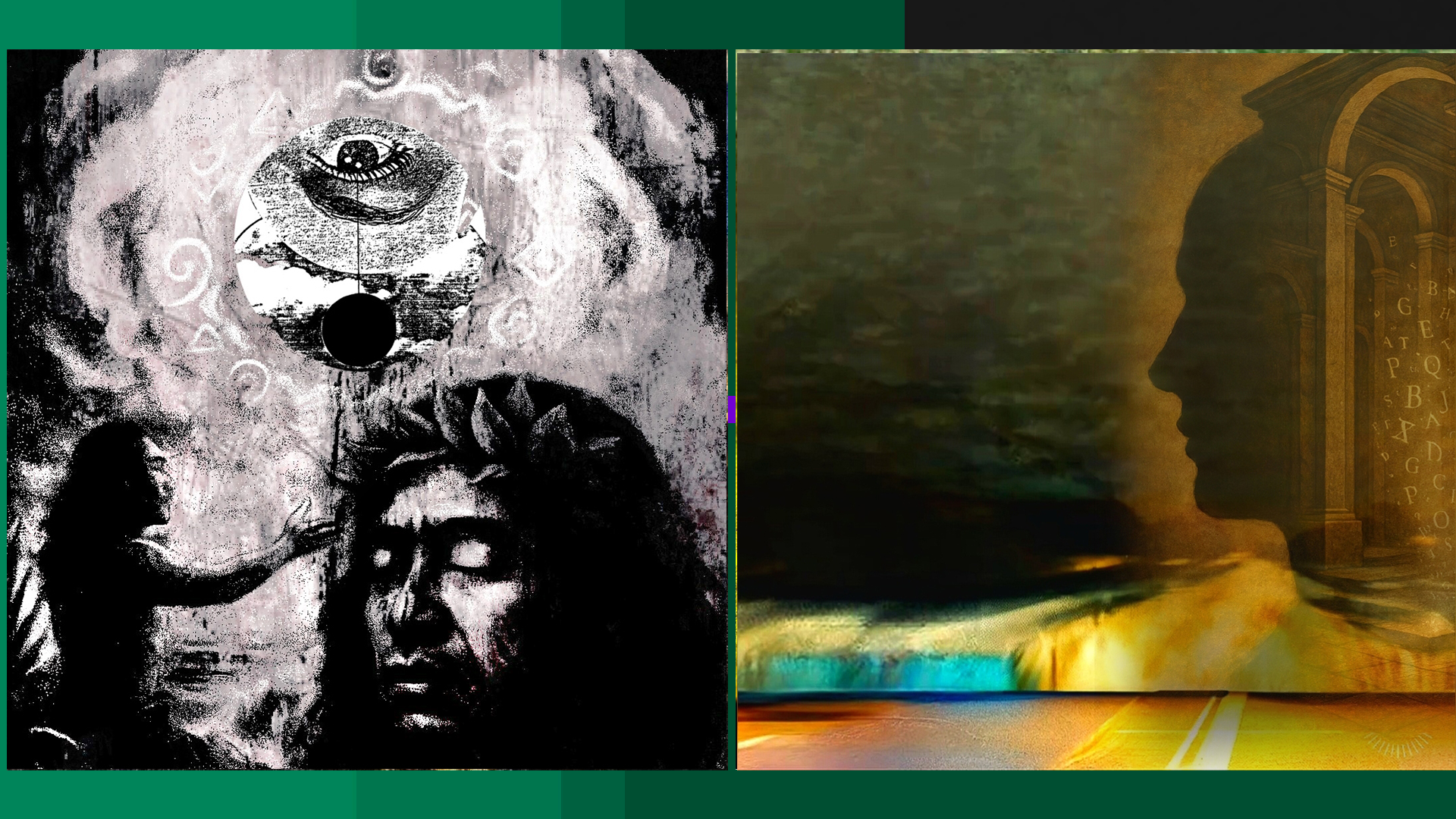
Avant-garde: Architecture of Words
An imagined future
or the imagination of the future presupposes the fragility of the present, understood as the sum of past and future in a continuous becoming. The notion of time and space leads back to the theme of proportions and their dynamics, where every measure is a relation and every relation a transformation.
The singularity of the case allows for a perspectival vision of the world according to predetermined ‘points of view’, in which space-time alterations are governed by mathematical-geometric rules.
From the Classical to the Modern, the ‘representative vision’ of reality, defined perspectivally, shifts toward a different reality, altered by the interrogative molecules of the new.
The succession of representational models, in their temporal relations, disconnects the function of the eye from that of the mind, in individual moments of existence.
Once renewed, the visual-mental representation overturns the previous one, probing the boundless undergrounds of sky and earth that dwell within us.
Thus, the executive moment is entrusted to the machine, mechanical substitute of the organic material, while the ‘mental’ moment is preserved in the corporeal-spiritual activities of the human, in their continuous being within the dynamics of space.
From "Design of New Words"
Avant-garde: Architecture of Words by Filippo Lo Presti 1989
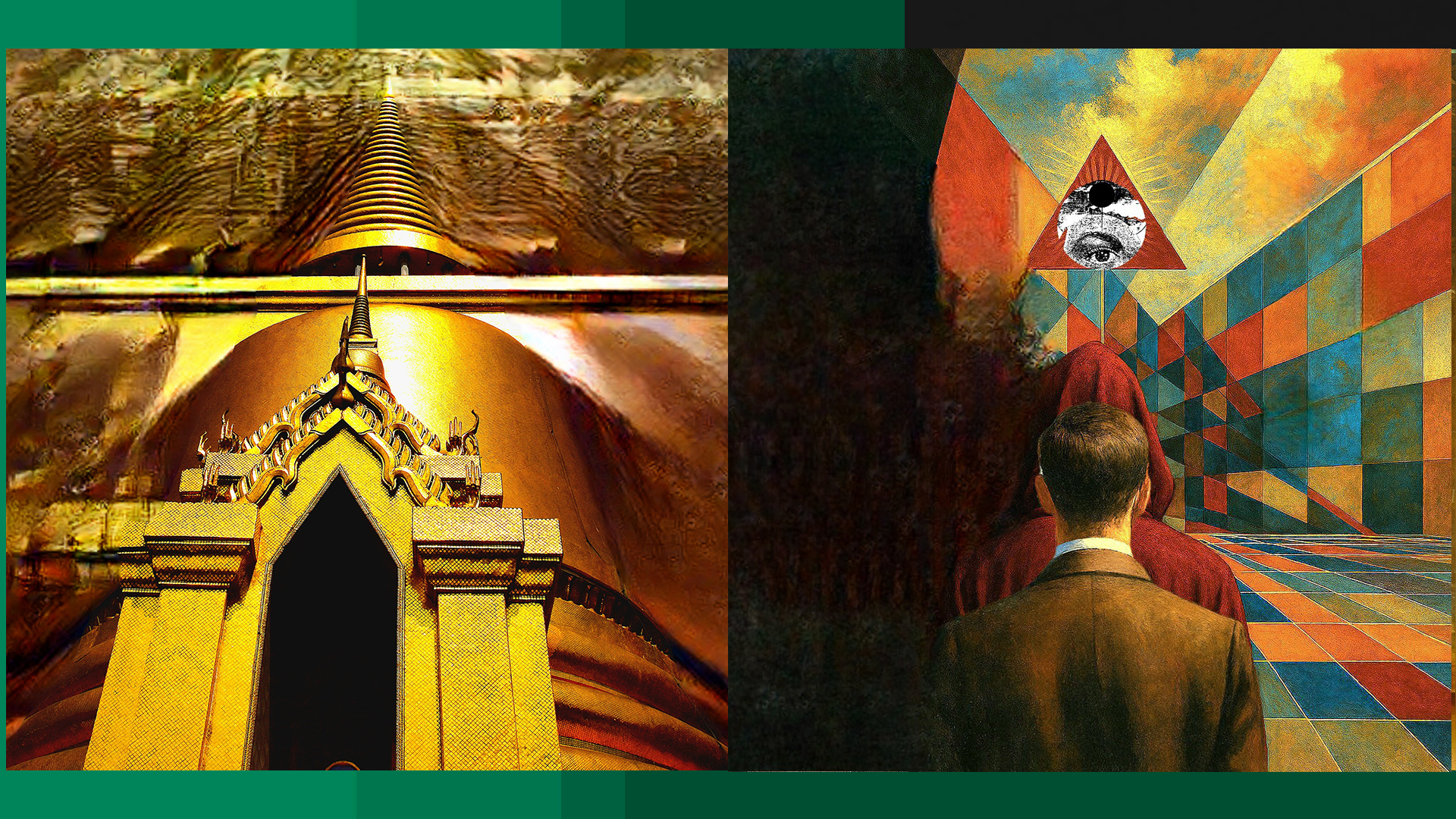
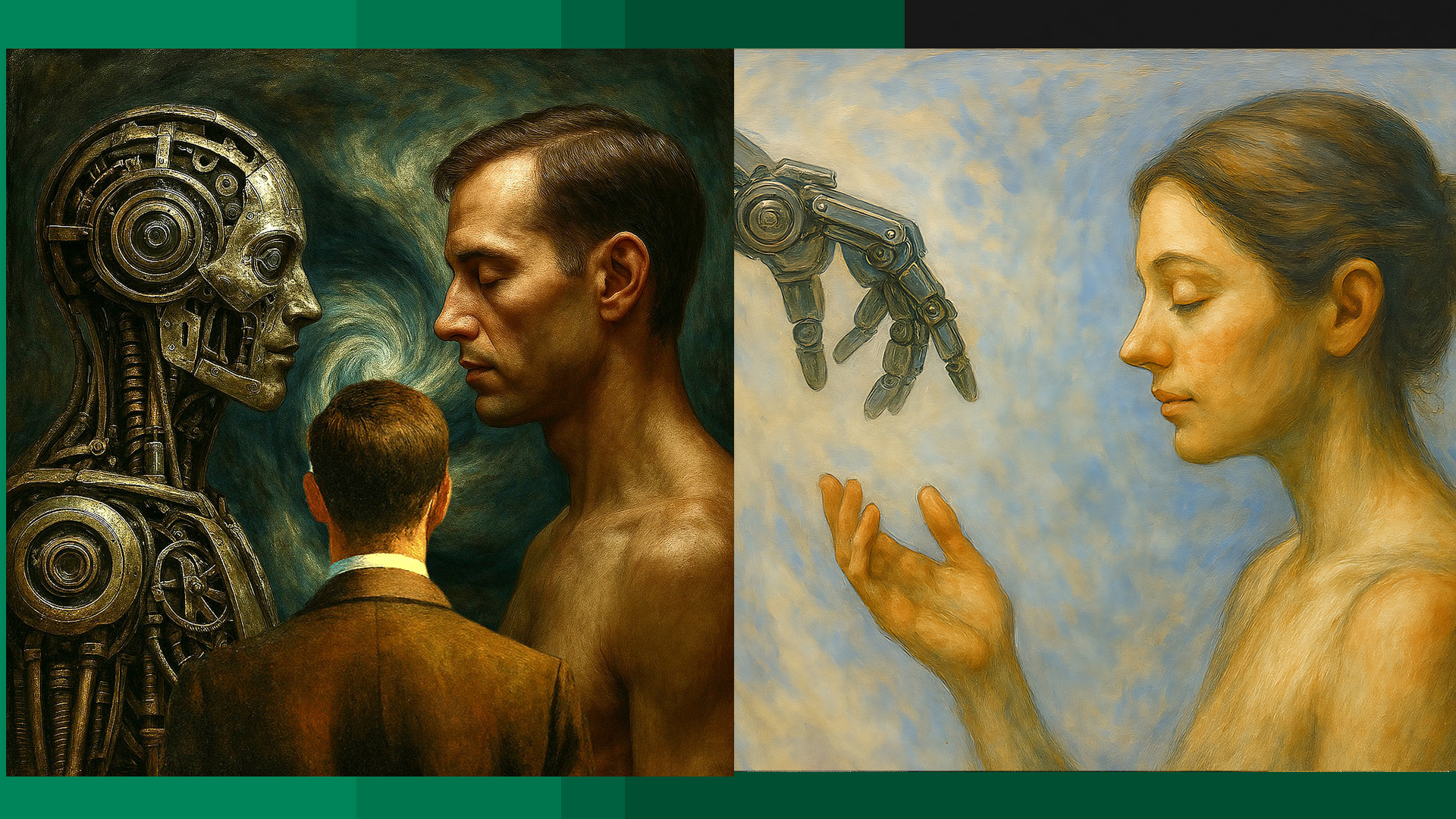
Frames of the Visible
Painting, Perspective, and the Cyclical Nature of the Gaze
It is a well-established practice to relate the phenomena of sight and representation to the evolutionary movements of history. The way objects are depicted functions as a kind of “instant photograph,” a thermometer capable of measuring the cultural, ethical, and social contents of a given era.
Perspective, understood as a technique for engaging with reality, fulfilled the clarifying needs of a specific historical moment, one in which the observer’s central viewpoint aligned with a worldview that elevated the uniqueness and centrality of the human being to canonical status, in contrast to the multiplicity of the surrounding universe.
The artistic avant-gardes introduced a decisive shift in the visual and representational field, dismantling the principles of central unity and introducing multiple optical “angles,” each corresponding to perceptual situations radically different from those that preceded them.
Painting thus offers intelligible explanations in the form of frames from a single film composed of historical events. These frames may be understood as tiles in a mosaic of visions, perspectival or otherwise, black and white or in color, two-dimensional or three-dimensional, depending on the will to see of both the artist and the observer.
In this sense, painting far precedes architecture, which, by employing “petrified frames,” constructs a filmic continuity that resembles a “replay” more than a feature-length narrative.
Through the reading of these individual pictorial frames, one can delineate the global character of an era, an era shaped by the cyclical evolution of the act of seeing.
From "Design of New Words"
Frames of the Visible by Filippo Lo Presti 1989
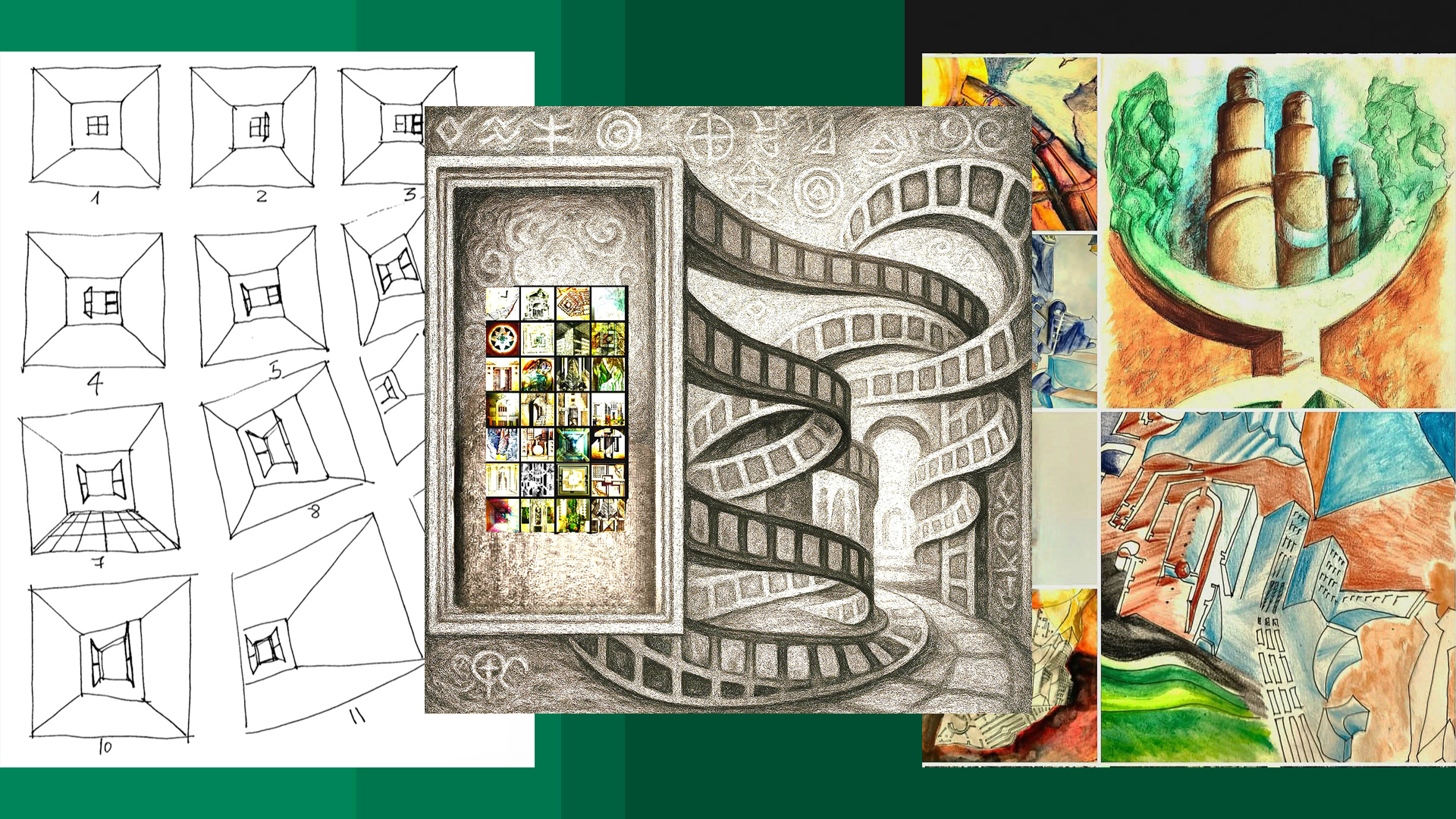
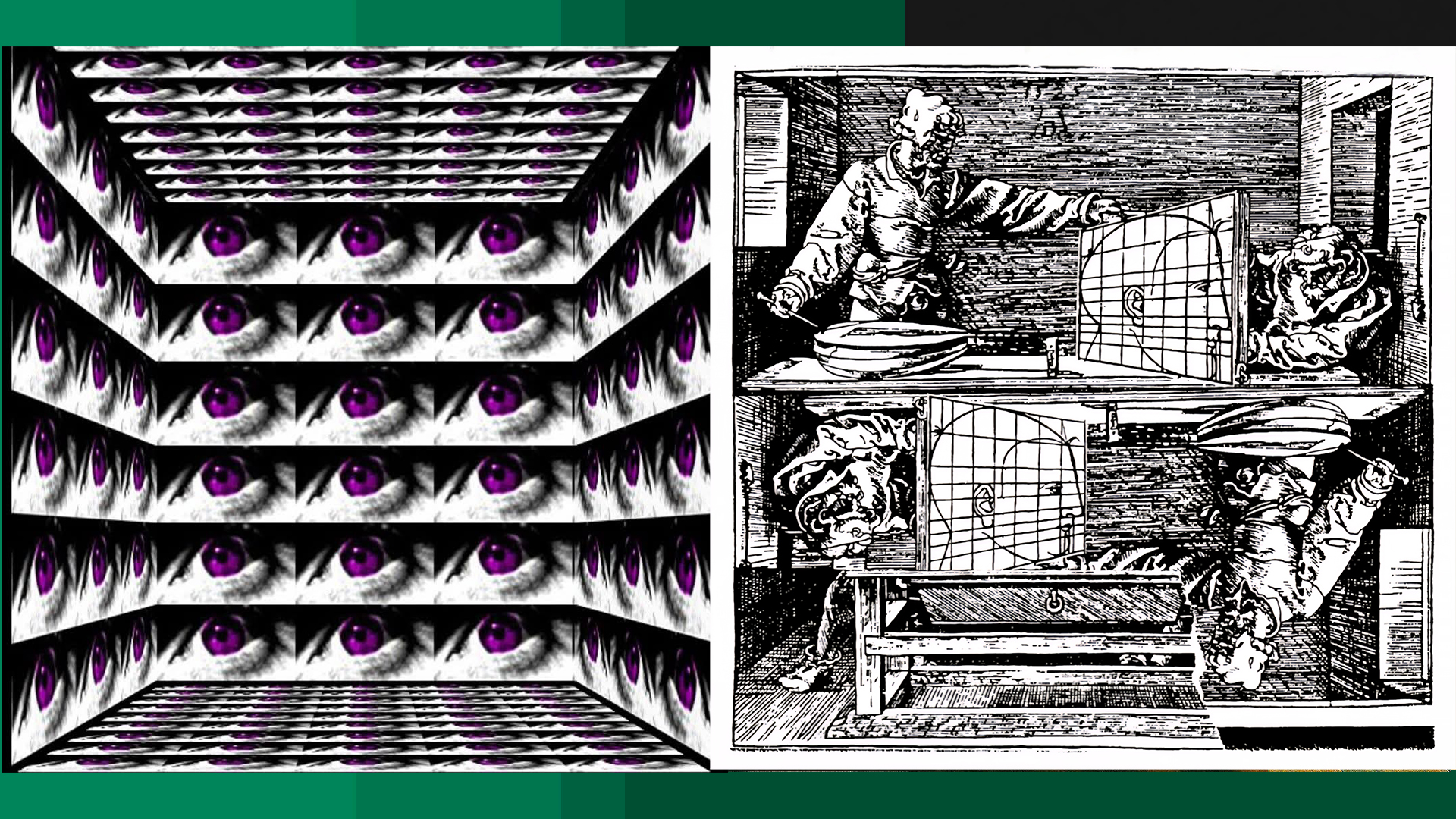
The Stone Eye
The Dome Between Divine and Human
It is well known that the theme of the dome is intimately linked to that of the eye: vision and the ability to frame a portion of space through the visual organ concern not only the artists of the Quattrocento and Cinquecento, but also the historical avant-gardes, ready to symbolically transform a culture oriented toward gravitational stasis.
Cubism challenges the frontal perspective conception, exploring the collateral spaces of inside-outside, high-low, above-below, and producing a series of mirrorings, dissolutions, and superimpositions of the primary perspective image. The multiplication of viewpoints coincides with the impossibility, or the will, to control space, a distinctive trait of a culture in full technological evolution. The new compositional canon, which influences architecture in its most organic forms, translates what pictorial experimentalism achieves in completed form.
The decomposition of the plastic planes of architectural space leads the architect to formulate a masterful question, which still today finds no definitive answer: if architecture, as a three-dimensional system, can satisfy the need to evaluate the possible ‘faces’ of a building, it must also succeed in expressing, in a single ‘facade,’ the intent of perspectival superimposition of all the constituent elements of the architectural organism.
Brunelleschi’s dome is a hypothetical eye that points toward its horizon; its pupil—the lantern—seen from within, allows the observer to peer into that inexpressible source of light and its wandering across the frescoed surface. The poetics of inside-outside and the image of the world, seen through the giant eye of the dome, are realized in the illusion of the divine observatory par excellence.
The belief that art, culture, and science had been destroyed by the northern barbarians prevailed in the minds of Italians in the Trecento, who believed in the reconquest of the past, re-proposed in a new era. The breaking of traditional style, carried out by Brunelleschi, rests on solid theoretical and design foundations, thanks to which it was possible to fulfill the goal of the Florentines: to span the immense distance between the cathedral’s pillars with the construction of the dome.
The search for a new beauty and harmony materializes in a new way of making architecture, in the freedom to use classical forms. In this case, the rejection was directed at the Gothic tradition, replaced by a personal language in which columns, pillars, and arches contributed to the exaltation of classical order. Roman architecture exerted an irresistible attraction on the artists of the Quattrocento, whose study was reserved for the infamous ‘educated classes.’
The rebirth of art, which reigned from the Quattrocento to the Ottocento, passed through various historical periods in which compositional elements were based on the imitation of Renaissance forms, themselves grounded in the mathematical norms of perspective representation. Not even the Greeks knew the mathematical rules of perspective, although they were skilled masters of the illusion provoked by depth. With Brunelleschi’s perspective, even painting is absorbed into a rigid system of mathematical rules. The Holy Trinity, with the Virgin, Saint John, and the donors, a work by Masaccio, is the revolutionary example of the era.
From "Design of New Words"
The Stone Eye by Filippo Lo Presti 1989
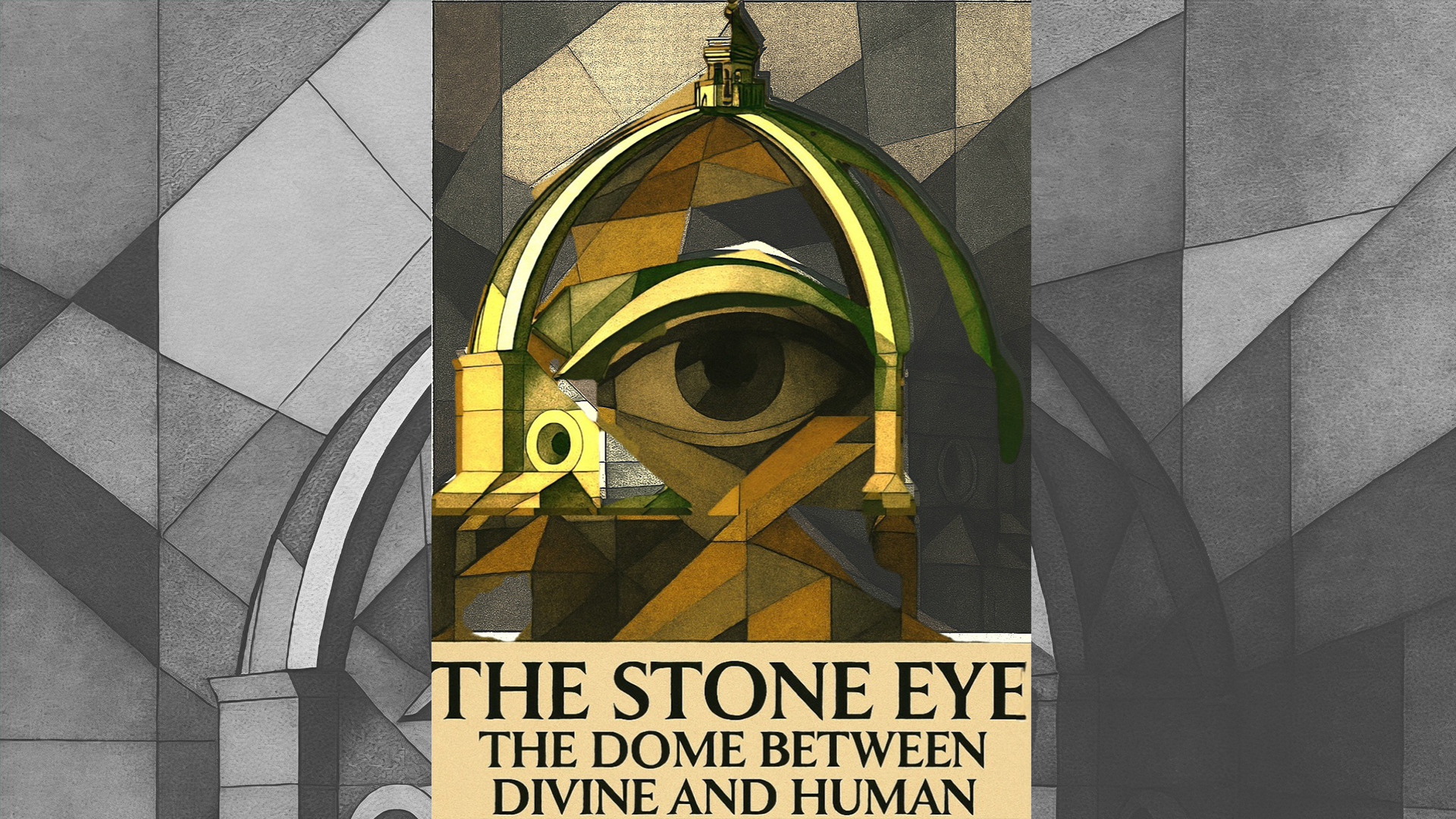



The Sphere and its Motion
The ultimate metaphor of this process, a continuous rotation of perception and creation, where art and thought spiral into one another, endlessly renewing their orbit.
It changes the conception of the work of art: from being representational it becomes a creator of objects, whose nature, departing from the canonical, allows the realization—within realistic terms—of forms autonomous in both structure and function.
Severini’s Dynamic Hieroglyph of the Bar Tabarin (1912) has yet to find its architectural counterpart; its mental dynamism, like that of Michelangelo, floods the space of architecture, assuming the guise of an ideal dynamic.
The material texture of Gaudí’s works, impetuous and vibrant, anticipates the “sculptural” achievement of architecture: forms shaped by undulating flows that annihilate the straight line and advance toward the ultimate threshold of meanings that past art could still offer.
Architectural Cubism unfolds within the first material superimpositions, from which all other movements allow their future micro-explosions to seep through. Once the Cubist concept is assimilated, uncontrolled abstractions find their development.
Paul Klee, Wassily Kandinsky, and Piet Mondrian mark the stages of a new control over time and space, pertinent to the modern era, coinciding with the split between matter and antimatter, between the organic and the spiritual universe. Science and art converge and mutually disintegrate. Art can reach science and become science of itself: a new science of cognitive consciousness.
Picasso’s words “a picture is not thought out and settled beforehand; while you work it changes in step with your changing thoughts” affirm the dynamism of the pictorial act. Futurist photodynamics impress photographic paper with the dynamics of movement applied to bodies, often human, drawn from reality. Thus, the fact that thought is in continuous transformation is confirmed. Picasso, instead, focuses on representing the model created specifically within painting.
Les Demoiselles d’Avignon opens a decisive chapter in the evolution of the concept of thought. The very dynamism of the pictorial action produces the snapshots of the frame-canvas: characters in search of a Nature wander through the pictorial space of rhythmic decompositions of time. Even in this work, fruit of perspectival exaltations, transfiguration is not the central theme. What emerges is the new object, visualized together with all its exterior and interior sensations.
These are truly new lives: body-forms of rediscovered perceptual levels. The faces do not speak of a ruthless resemblance to humanity, but of their very birth as "new" forms of a "new" perceptual order. Matter, in contact with antimatter, generates an immense explosion.
From "Design of New Words"
The Sphere and its Motion by Filippo Lo Presti 1989



Metempsychosis of Architecture
Reincarnation of the Material Spirit
The fragment rises as a fundamental theme of the indivisible, of expressive continuity in relation to the eternity of Matter. Traversing the distance between the perceived universe and the conceived universe, through the mathematical concept of the limit, one arrives at the formulation of the Whole: the primal and indivisible elements are the geometric magnitudes themselves.
The intuition of the two realms, perception and thought, is laid bare by calculation. The science of precise measurement makes its entrance into modernity. The telescope, in its discovery, "discovers" a constellation of re-found objects, to be inserted not as new objects into common optics, but as new realities.
The perpetual transformation of the real condition reminds the eye of knowledge of the elliptical trajectory of the planets and the apotheosis of the spherical work, the essence of the circle. Art, made into a "magnifying lens" for the re-found objects, ceases to be chronicle and becomes a tool of knowledge, once again expanding the horizons of sensitive optics. This very instrument compresses distances: between spaces of perception and between the space-times of an eternal becoming.
Thought and Reality sign an armistice, a long-awaited union that humanity has not yet grasped in incisive form, but has at least intuited in the indivisibility of the two hemispheres. The variation of figurative effects that emerges remains, more than ever, mysterious and unknown.
Science, the rationalization of the conceived universe, serves as justification and, even in art, rationalizes. The beauty that imposes itself in a painting, a sculpture, an architecture becomes science, having made use of the artistic nature of science. Not as its sole genesis, but in a creative act that transcends any pre-established historical and cultural reference.
Faced with the perception of rational knowledge and beauty, the figure of the scientist intensifies his rational fervor: his wonder is not comparable to the gaze of the artist upon science. Art becomes science precisely when it detaches from it, only to return at will, thus completing the historical rhythm of the specialist dynamism of becoming.
From "Design of New Words"
Metempsychosis of Architecture by Filippo Lo Presti 1989



The Aesthetics of Ornament
The wall deception repeatedly proposed by Theo van Doesburg
does not constitute an original contribution of Neoplasticism. One need only recall the optical-illusionistic prophecies of celebrated mural frescoes, where illusion served as a threshold between imagination and perceptual reality. If the walls of the past were adorned with perspectival visions and trompe-l’œil effects, then the only plausible motivation in favor of Neoplasticism might be ornament itself.
Surfaces that “ask to be animated” articulate a specific and quantifiable demand. The architectural need for ornament divides façades into two broad categories: ornament of architecture and ornament for architecture. A third position emerges when architecture becomes ornament in itself, a dilation of the architectural concept that presupposes the will to unify the two terms.
Historically, there have been moments when architecture and ornament coincided, their definitional boundaries conditioned by mutual conceptual interplay. In such cases, the distinction between the two dissolves, and unity manifests in one of its guises—spontaneous, unlimited, and indivisible.
Ornament, often misunderstood by modernist discourse, may be related to time in two distinct directions: one aligned with mimesis, the other with the superimposition of multiple “beats” that compose a rhythm tied to temporal action. More precisely, one might speak of an architecture of ornament, a peripheral yet structurally essential layer of the built form.
The historical crisis of ornament has repositioned the architectural linguistic system as a site of innovation. Within the planimetric optics of avant-garde culture, ornament becomes a point of tension, placing cultural components in antithetical relation. Even Art Nouveau (Liberty), born of material flexion and rhythmic undulation, centered its poetics on ornament, an element that, in the final analysis, became structural.
The celebrated curves of Alvar Aalto represent a natural derivation of this lineage, affirming the exaltation of Nature as a rediscovered locus of human being, a place where ornament and architecture converge in organic resonance.
From "Design of New Words"
The Aesthetics of Ornament by Filippo Lo Presti 1989



The Unity of Architecture and the Ornament of Las Vegas
The artificial ornament: Las Vegas
R. Venturi defines his aesthetics of ornamentation as follows:
“The casinos and lobbies of Las Vegas are ornamental and monumental, open to the strolling public. With the exception of a few old banks and train stations, they are unique in the American urban landscape.” The temple transformed into a gaming hall: these are Venturi’s ornaments.
“America relates to the Strip as Rome relates to the Piazza.”
Las Vegas remains, nonetheless, the most intensely artificially illuminated point on Earth, populated by true neon colossi. Entire buildings, hotels, casinos, shopping centers, become ornament through their architecture, in a continuous overlap between structure and decorative apparatus.
In the realm of artificial illumination, the architecture of Las Vegas is a daily manifestation of luminous power. The competition among the various owners of the gambling-cathedrals transforms the building façades into graphics of attraction and power over the public. At night, the frenetic play of light makes the building blocks swell upwards, downwards, left and right, creating a labyrinthine kingdom in pursuit of wealth.
Like a desert oasis, Las Vegas prospers through its architecture. Its main street explodes daily with the tension of gamblers, who, enveloped in the delirious game of light, lose all sense of night and day. My personal perception is of Las Vegas as a parenthesis within the urban narrative. This new city enjoys unique properties that, starting from a perceptual model of communication, heighten the visual experiment.
The gaming industry, which dedicates little space to residential buildings, associates its compositional method with the character of a desert carnival. The colors of the street-side scenes follow one another, multiplying into a moving perspective. The moving parts, the famous casinos, translate the gambling machinery concealed beneath the aesthetic of neon. The "contradictory" reproductions of Caesar’s Palace propose a twinning of two bordering worlds. It is a case where two limits, tending towards infinity, meet in the reincarnation of architectural form.
The Unity of Architecture and the Ornament of Las Vegas
The unity of architecture, as theorized by Viollet-le-Duc, is realized through the intimate relationship between structure and function, a principle that predates postmodern syntax and the American condition of reinterpreting the past within modern contexts.
As the architect himself affirms in
Reasoned Architecture:
“A Doric temple presents a kind of architectural unity, but if you turn a Doric temple into a stock exchange or a church, that unity is destroyed: for in adapting the building to a purpose other than the one for which it was erected, one must violate its arrangements and destroy what constitutes its unity.”
What matters for unity, Viollet-le-Duc emphasizes, is not the number of parts or ornaments, but the conformity of the built form to the type, nature, and intended use of the building: “…that it corresponds to the reasons, constraints, and needs that governed its internal arrangement; that the exterior of the building is visibly bound by the unity imposed by the necessities of the interior.”
Neoplasticism disrupts these correspondences through an autonomous and abstract use of parts. In this case, total ornamentation manifests through material-chromatic surfaces, whose structured morphology becomes a placement governed by numerical values of color and space .
In Las Vegas, arrangements of color and form appear as sub-units composing a presumed urban spatial unity. Myriads of bulb-units illuminate the “facades” of buildings: fragmentation becomes the primary and unifying idea.
Artificial light is orchestrated like the splashes of a vast mechanical fountain. Many neon signs simulate the passage of time, evoked by the motion of a fountain. In Las Vegas, however, the mechanism that controls the jet is fully visible, even obvious. Unlike historical fountains, which conceal their hydraulic systems to preserve illusion, here the mechanics are flaunted.
The water displays around Caesar’s Palace shamelessly reveal this mechanization of movement. The artificial ornament of Las Vegas architecture, beyond exposing the theatrical deception of the building and the street it inhabits, becomes a superimposed facade, applied with the same logic by which, in Europe, a neon sign might be hung on a preexisting frontage.
The sacredness of the luminous sign, often broken in other contexts, is not at all defeated in Las Vegas by the presence of the past. The palaces that rise from the desert are built in the name of a modern and explicit use of technology. Transparent sheets, metaphorical or real, wrap the luxurious centaurs of light, whose faces, frequently renewed, shift with the flow of gamblers.
Attention plays with the visitor, in tune with the lure of the most seductive facade, the one best able to draw them inside. This kind of architectural ornament, now widespread in our own cities, finds its origin in Las Vegas: the brightest point on Earth in terms of electric energy.
To such a discovery, I would give a mention to this city itself. And to this oasis in the American desert, I grant the primacy of modernity in architectural ornament, even while acknowledging the utter arbitrariness that governs its compositions, its use of architectural languages, and its choice of materials.
From "Design of New Words"
The Unity of Architecture and the Ornament of Las Vegas by Filippo Lo Presti 1989







To see within architecture
To see within architecture
to grasp its most hidden secrets, is the task of the architect, not merely the one who builds houses, but the one who knows how to uncover what lies concealed within them.
To discern the salient connections in a discourse composed of seemingly unrelated elements, such as stone and iron, though both generated by a common matrix, or between objects of altered dimensions, is one of the architect’s deepest aims.
The tree-man, having become a column, expands, narrows, wedges itself between corners; then it disguises itself with bricks, dresses anew, changing its garment into cement and iron. Eventually, the cement melts away, leaving behind a skeletal body—bony, naked, earthy. At that point, it takes flight, migrates from one place to another in space, becomes absent, turns invisible: it is there, but cannot be seen. It can be felt and touched, yet its effect is inconsistent from afar; up close, however, one can sense its purity, see its brightness.
It is a column whose soul shines through the glass of its body. The invisible man finds shelter within it, wishing to appear invisible to himself and to the column. Absences and presences alternate, generating the games of the world, calculating the unforeseen and making it appear as chance.
By revealing their form, ideas reach us, just as the multiplicity of messages arriving from outside ourselves. To understand through the attentiveness of the senses, to compose the variety of worlds at our disposal, as well as to hear, to write, or to draw, these are methods for learning our essence, models of intuition in approaching the “inside” of things, the sensibility emanating from the multiplicity of materials and forces that surround us.
From "Design of New Words" To see within Architecture by Filippo Lo Presti 1989
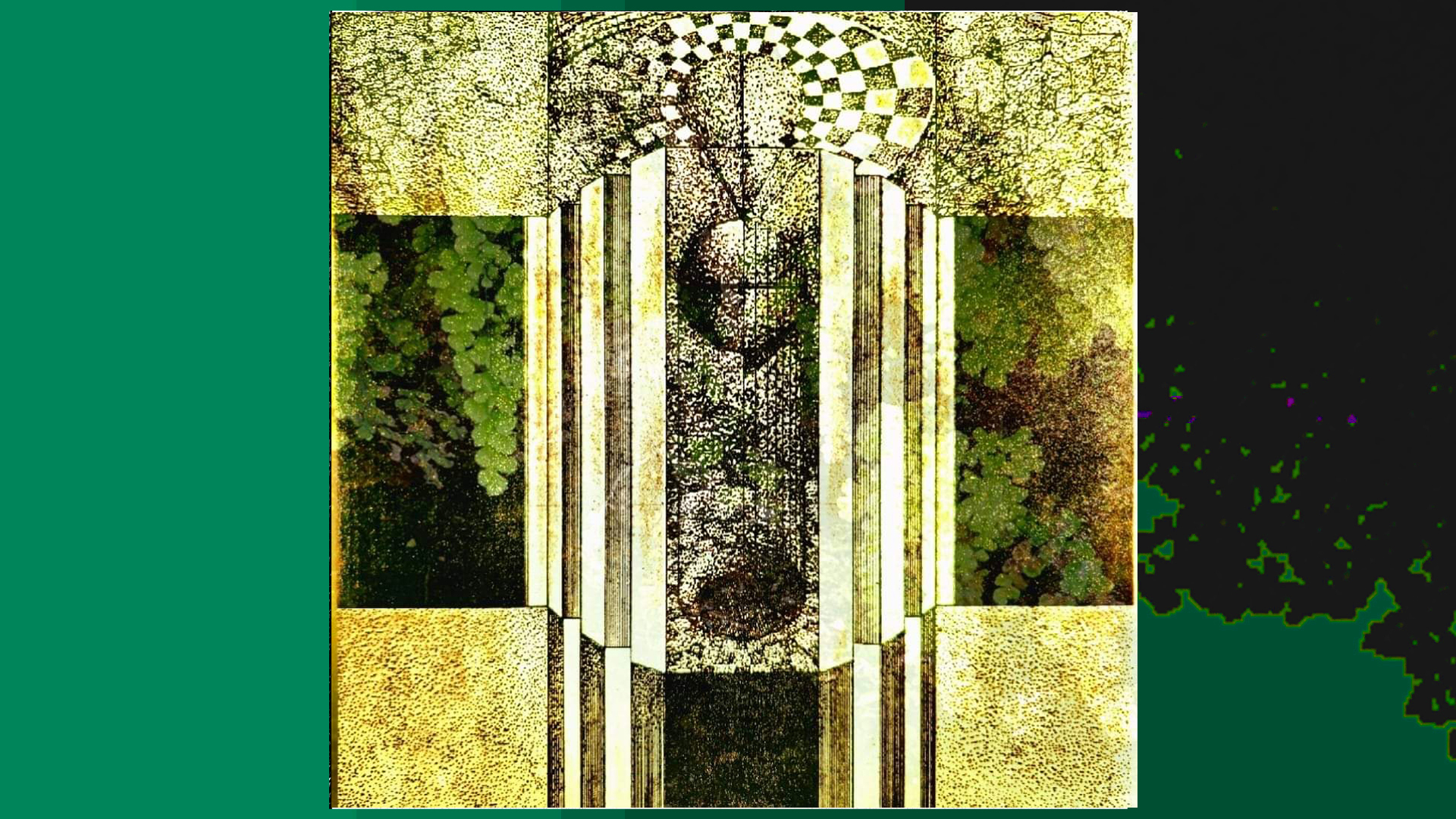
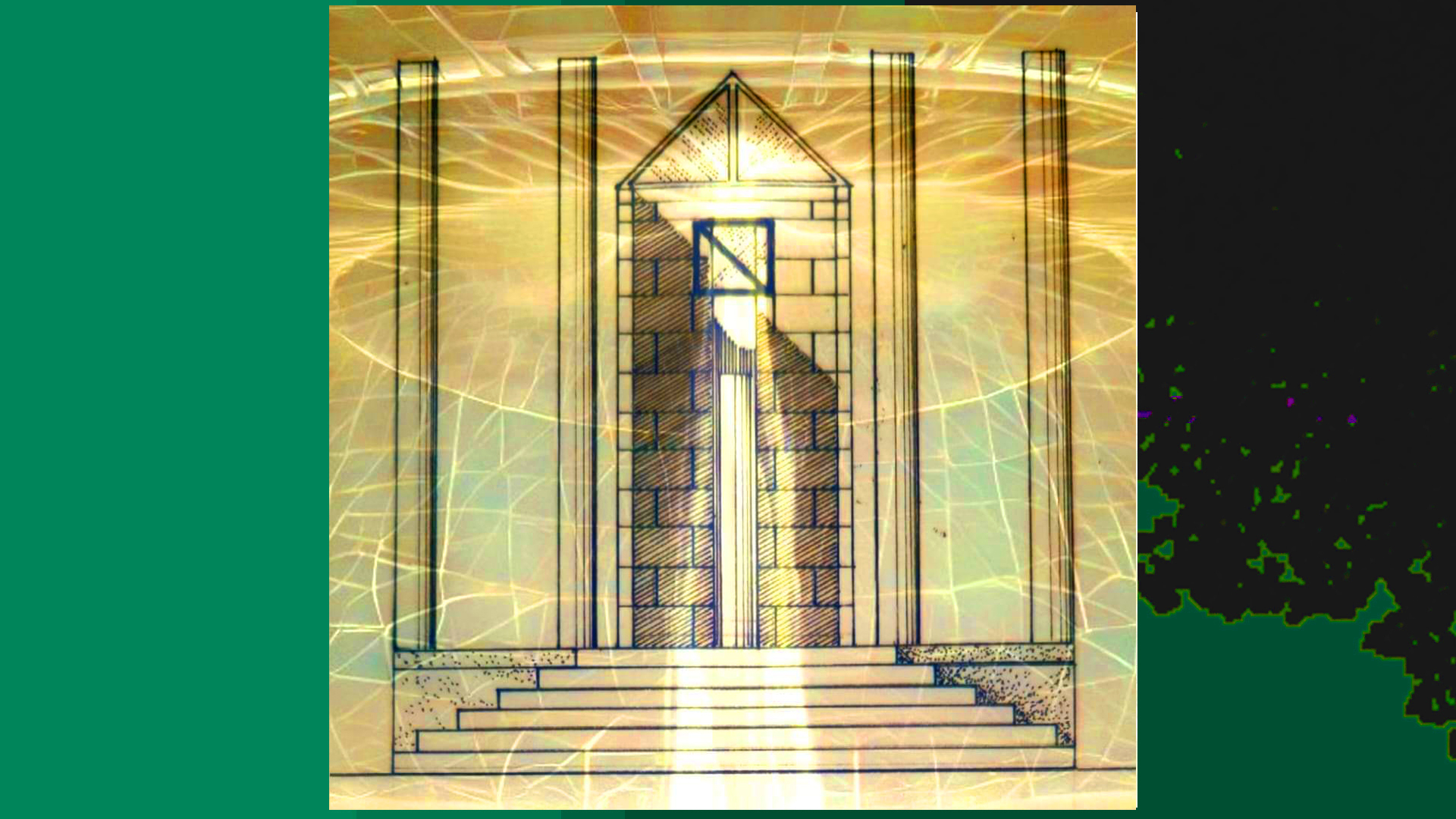
The cosmic civilization
The gradual passages of history
have taught that to attain the other or its inverse we must mediate among possible alternatives, even the most senseless, transforming theoretical frameworks into shared cultural heritage where all may find reflection and belief. Here, the aim lies not in new architecture or architectural language, but in a spasmodic demand for novelty rooted in the complete negation of the old.
Consumerist society has spawned human monsters; within art born of the age of reproducibility, we witness the anguish and conflicts of a civilization castrated of its creative imagination. Architecture endured a long slumber, feeding on art's ancient treasures or deifying a modernity counterfeit, distorted by progress's doubts and uncertainties. Should art conform to the standard of living imposed by industrial science, it must adapt its language, yet this is not to alter the essence of humanity.
That remains immutable: technical means will dictate methods of realization; matter will act upon form according to its own expectations. Processes of materialization may change, but not those of dematerialization. The architect's task, today and tomorrow, is to discern what belongs to humanity, submitting it each time to analysis and research: extracting the actual from the inactual, the new from the old, transmuting magic into science, words into concrete facts for the mind, not merely the body.
Adherence to rational rules constricts modernity; opening horizons to instinct-driven alternatives may forge a new starry firmament wherein all flights become possible, achieving unity among peoples, minds, cosmos, and soul.
To deny a prior culture's poetic, ethical, and moral contributions is paradoxically to revalue them; it admits we remain within the very history we repudiate.
Ecstasy cannot bloom from such reductive premises. Rather than narrow cognitive inquiry, let us open minds within and beyond history, transcending the uncertain frontiers of science and art itself. Let us create art from everything and nothing; conceive creation as intrinsic to this body and mind that render us magicians, geniuses, gods, humans of the cosmic civilization.
From "Design of New Words" Meaning of the Form by Filippo Lo Presti 1989
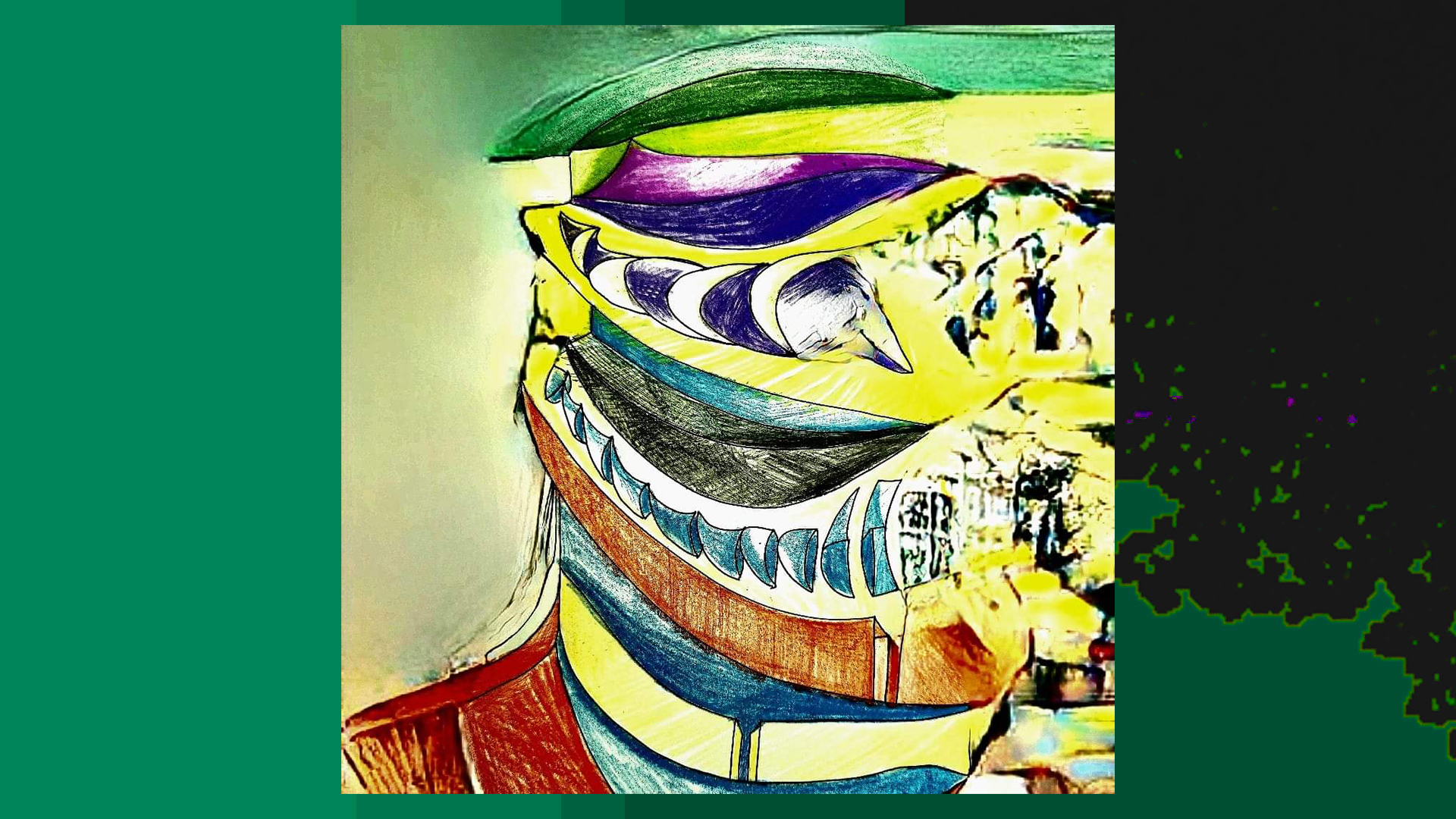
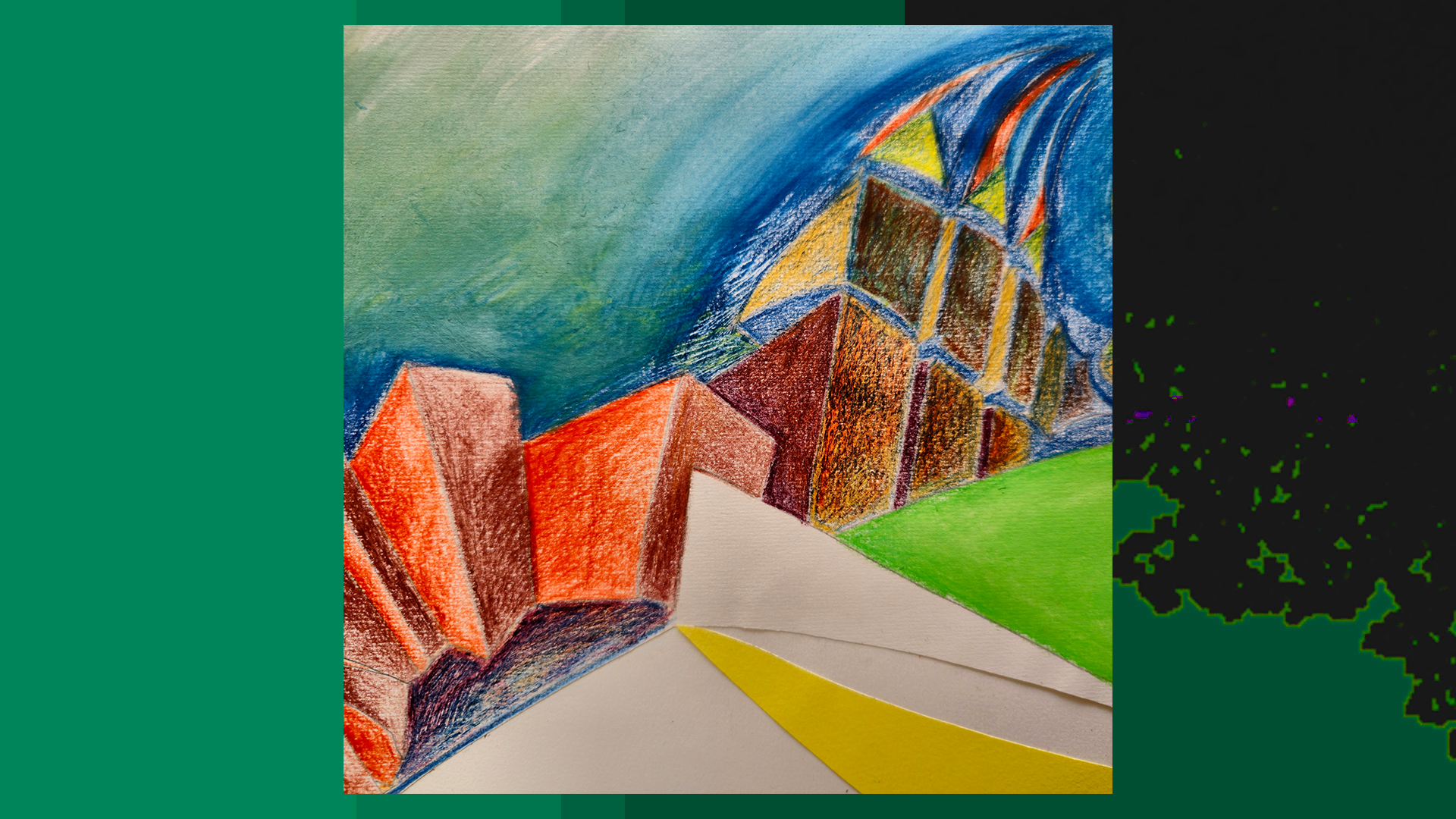
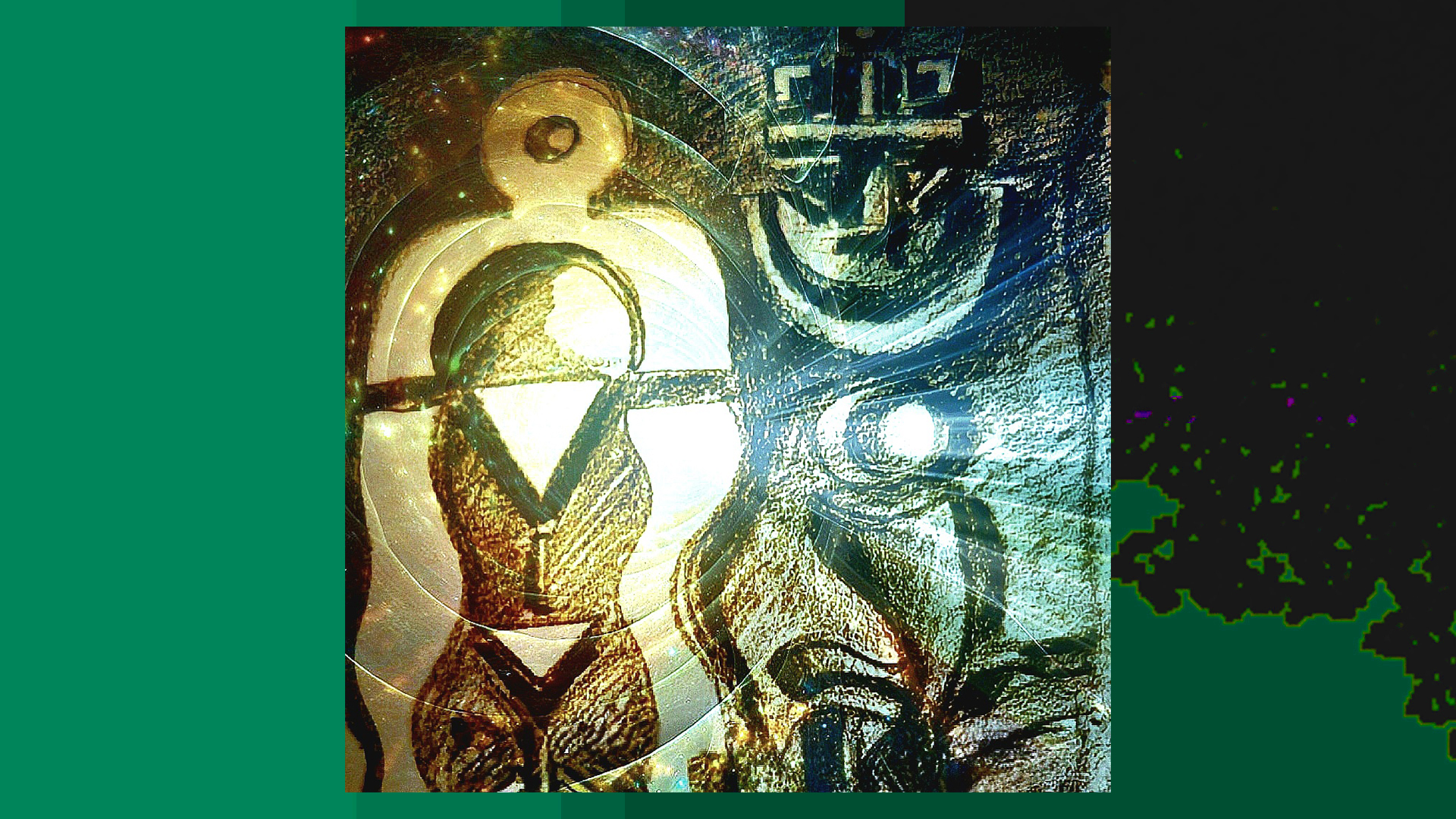
Theatre
Theatre of the world
People on the same planet grasp the inconsistency of matter in abstractly different theoretical formulations. With the abstraction of the geometrized form, the ecstasy of the body is not achieved, but the definitive cancellation of the object. Nomination, gestualization, body language, manifestation, theater and music, as well as architecture itself, remain isolated in the mysterious and still unknown universal system. The editing of abstractions, motivated by external arguments, is affected by the incompleteness of the limit; theaters of the total, of the politician, of the mechanic, translated into educational theaters, stage the city of tomorrow too often theorized in ideal visions that stagger between the neoplatonic and the fantastic.
The Futurist surprise and the Hollywood musical dress the corporeal city with a degree of authenticity that only the point-like sets of flying machines can know, waiting to transpose the theatrical newspaper into the uncontrolled metropolitan abstract. Tomorrow's puppets alternate between the symbolist masks, proposing the estrangement of being, but not reaching the unexpected austerity of bodily transposition into more evolved degrees of the spirit.
Theatrer

Architecture and the rise of art
Architecture is a composition
of geometric signs, physical, mental, and spiritual. It is no coincidence that, in certain historical eras, geometry assumes the same importance as the theme of representative perspective. Mirror surfaces begin to fracture long before Italian Futurism, in works of art often forgotten by critics and obscured by the dominant ‘costume’ of architecture.
Techniques of architectural invention suffer from this neglect, parallel to the disregard once shown toward the grammars of painting and photography. Before shaping geometry, the architect might first observe the compositional methods of artists in music, painting, and other disciplines, in order to grasp the unity of art as a whole.
Architecture, for too long, has continued primarily through the construction of houses, urban reorganizations, extensions, leading many to mistakenly believe that architecture is only this. Yet the true path forward lies in discovering the other side of the discourse.
Architecture must embrace themes of historical inquiry, whether directly architectural or not, so that it may finally fuse the art of form with the art of thought. It cannot rest content with the rise of art; it must evolve into its essence.
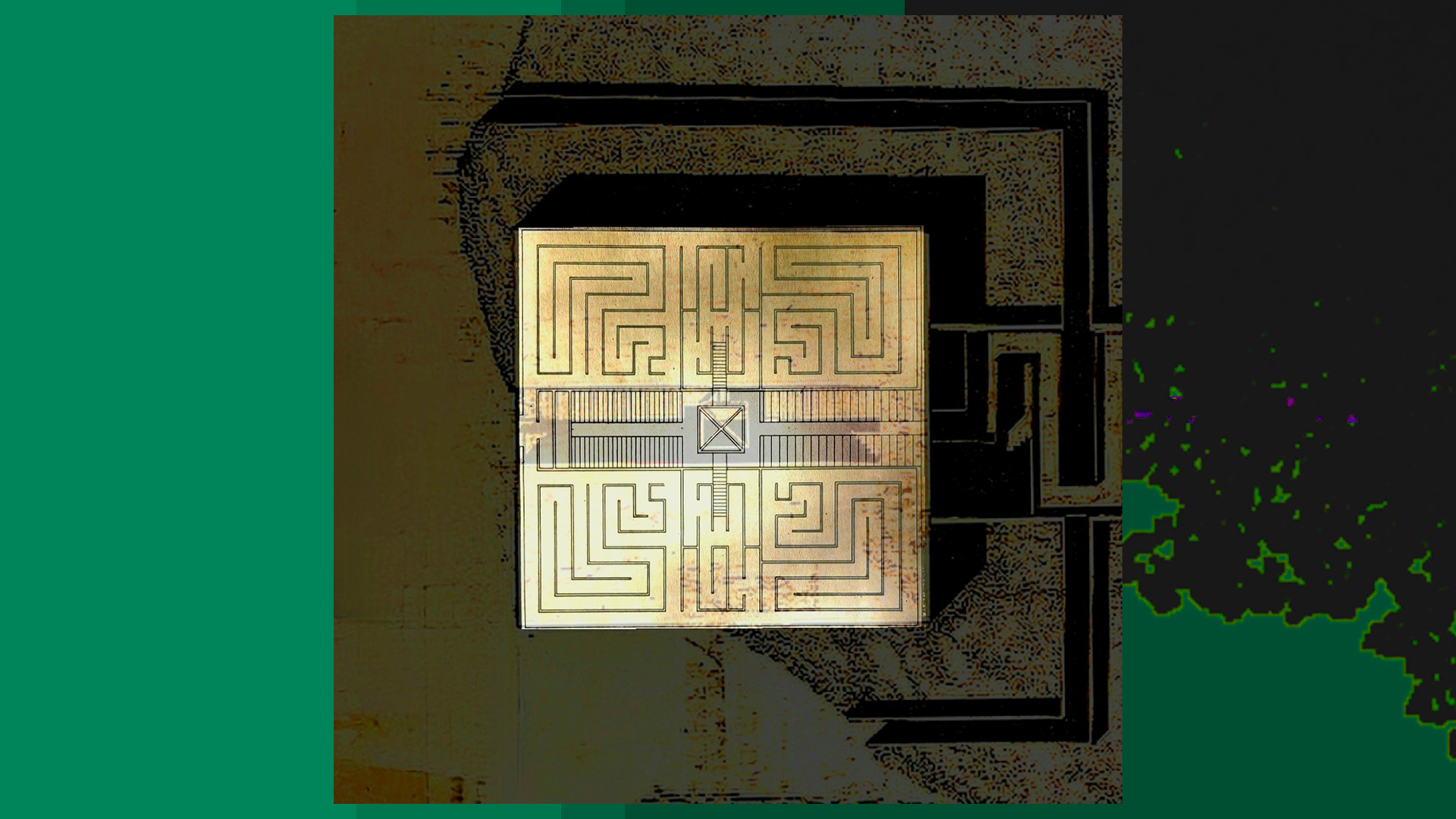
Architecture and symbol
With the Symbolists
we are witnessing the spiritualization of science, in an attempt to achieve knowledge of the regions of mystery and the unknowable. The questions about the origin of the cosmos and the human species were answered with psychology, which, having become metapsychic, credited mediumistic experiments and research on spiritualism. Through the symbol, the Idea is transformed into an image and acquires an ineffable and unlimited activity.
The oscillation of the philosophical pendulum leads to the definition of two poles, the material world and the spiritual world. The first is associated with the "body" of the object, the second with the spirit identified in the Idea. These two realities have been working together tirelessly since the beginning, maintaining that sort of "visual" detachment between one term and the other. The mixed character of our composition does not imply a choice of one of the two conditions; in this way it is possible to see the object and at the same time feel its presence even in the absence of the object itself.
In architecture, the symbol embodies the two conditions, creates the object and provides its spiritual perception, underlining the superhuman and infrahuman content of man. In this view of vision, one cannot correctly speak of symbolism in architecture if at the same time they are not considered typical parameters of form.
With the symbol we witness the transfiguration of things, in which nature is increasingly abstracted until it is connected with the spirit; the bridge between the body of the object and the idea of this is the same place between nature and spirit. All dogmatic systems have reduced the symbol to insignificance and poetic activity to literary games, just as architecture has been presented as the construction of houses, churches, tombs, leaving aside the spiritual power of this and the symbol it evokes.
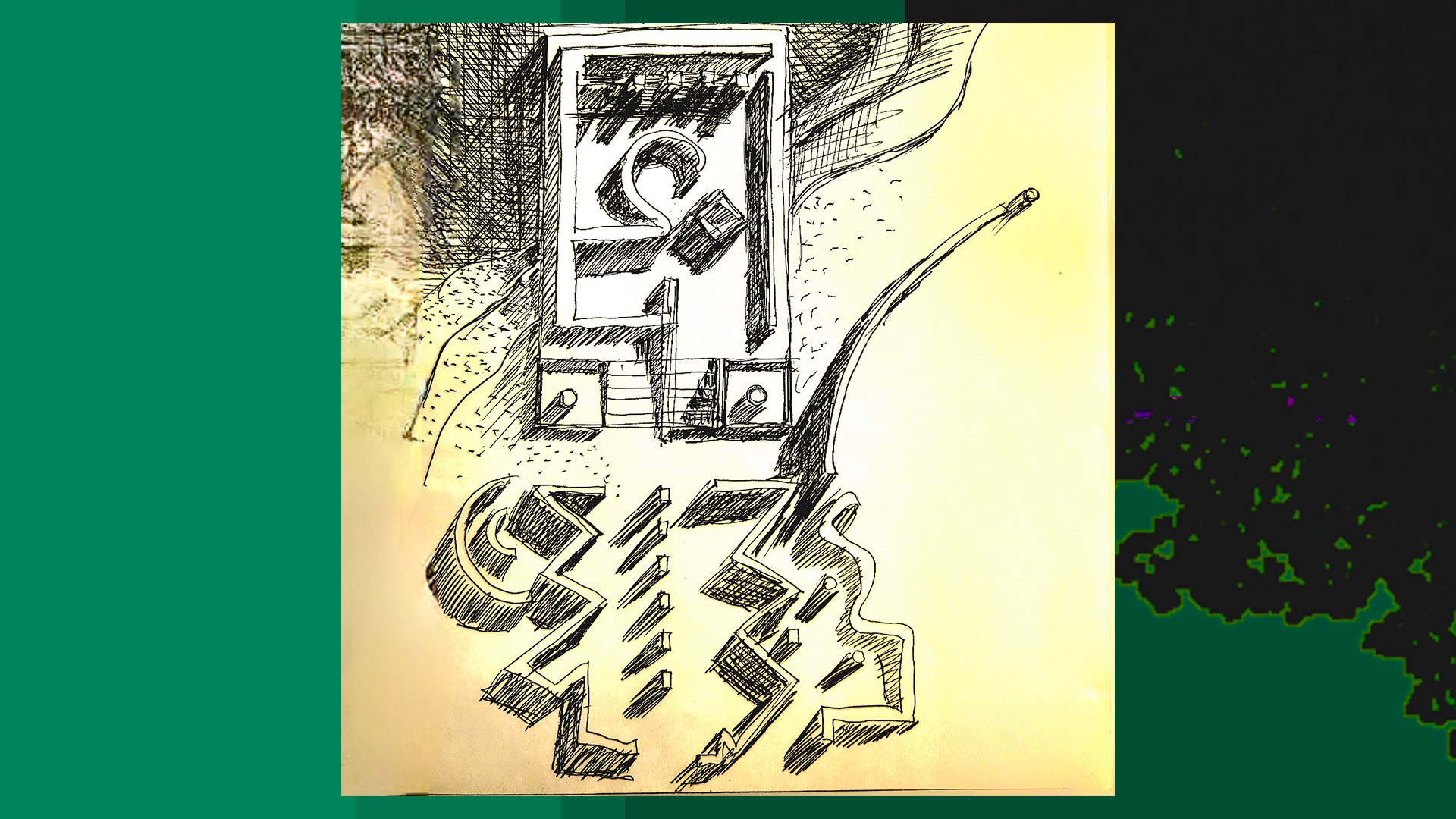
Intuition
Intuition model
By showing their form, ideas come to us, as well as the multiplicity of messages that come from outside our bodies; understanding, in the attention of the senses, and composing the variety of worlds at our disposal, as well as hearing, writing or drawing, are methods of learning our essence and models of intuition in the approach to the "inside" of things, with the sensitive emanating from the multiplicity of subjects and forces that surround us.
Through intuition we come to knowledge, going beyond the field of concepts and laws we discover the becoming of reality.
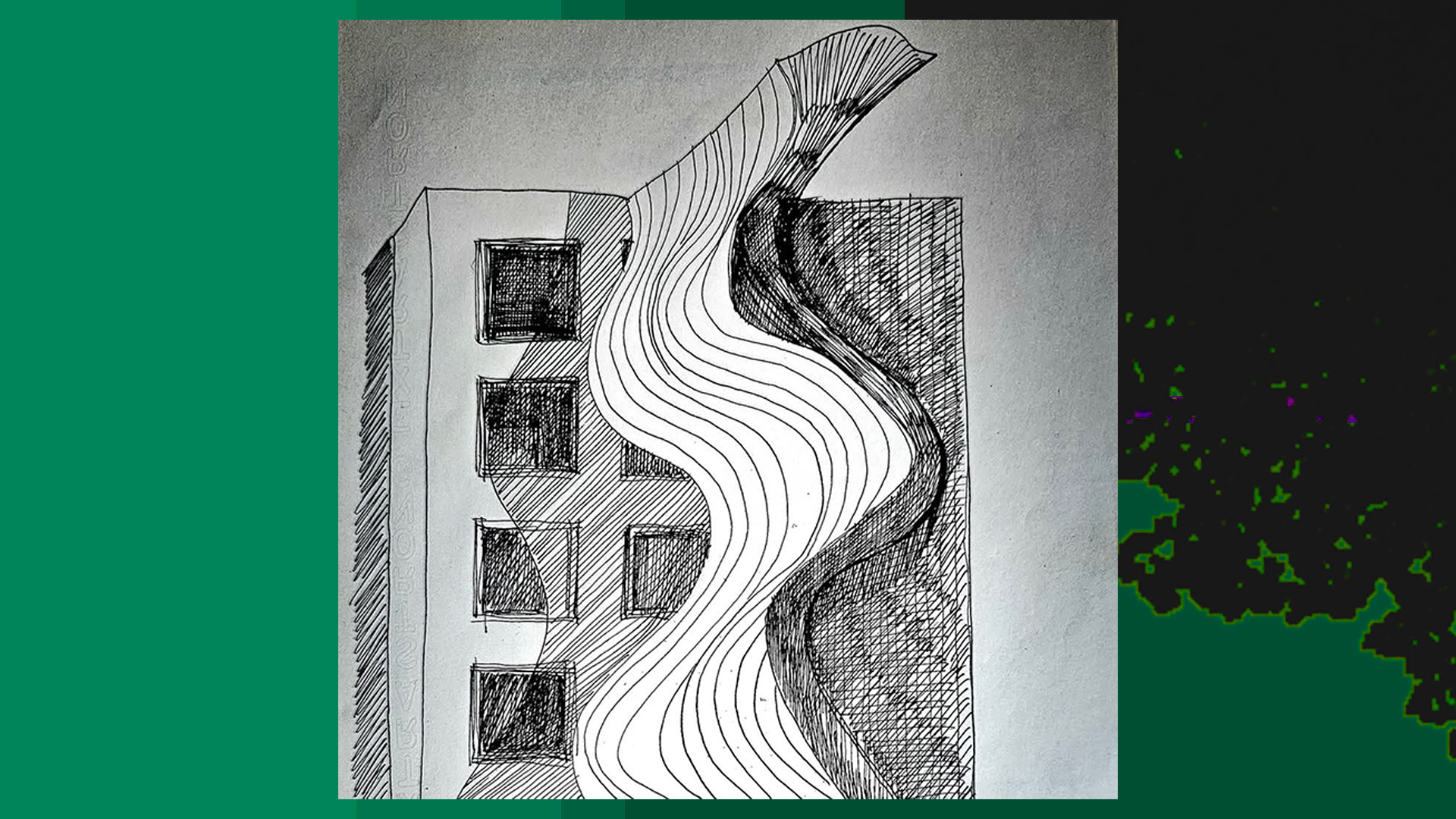
Vision
With the evolution of technological systems
representational techniques also undergo considerable changes. The limits of realization are raised, receptive frequencies expand and amplify, and other forms of expression find greater resonance in conversion to resolution systems more coherent with the requirements of the current era.
Things seen are represented, as are things imagined, and the vision of things tends to represent itself as a permanent sign in reality. Drawing translates the idea, the image of thought is externalized in the representation, the sign is.
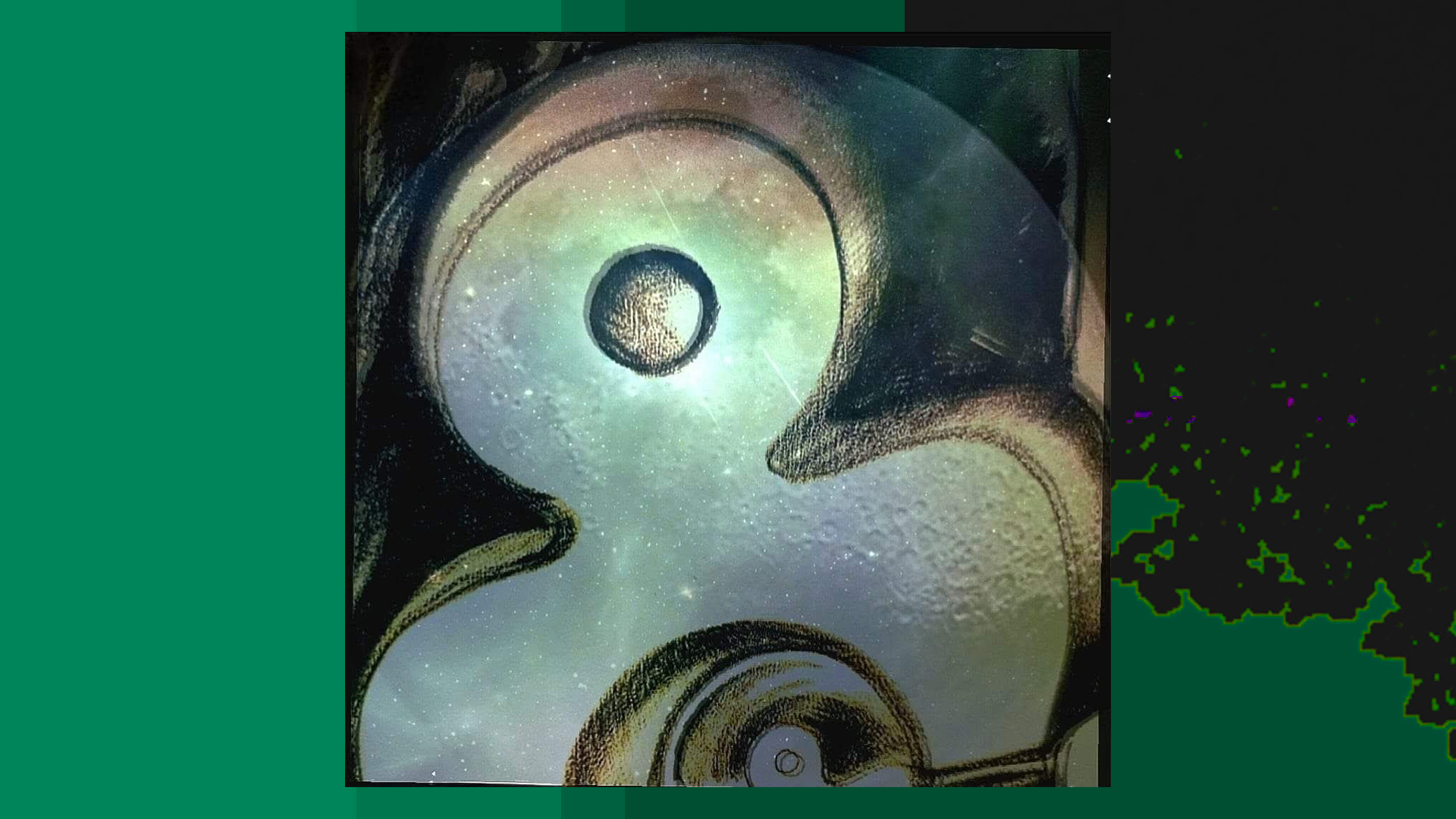
Imagination
The arc of human imagination
Reveries often produce events as real as those in the novels of Wells or Verne; both authors wrote of lunar voyages that have proved more realistic and achievable than they themselves thought. The fantastic game manifesting in humans from their earliest infantile characteristics is a primary element of creativity. A particular type of game, in adult life, confirms the saying of many scientists: new ideas are born by "playing" with old ones. What one generation may deem "fantasy" may be reality for the next.
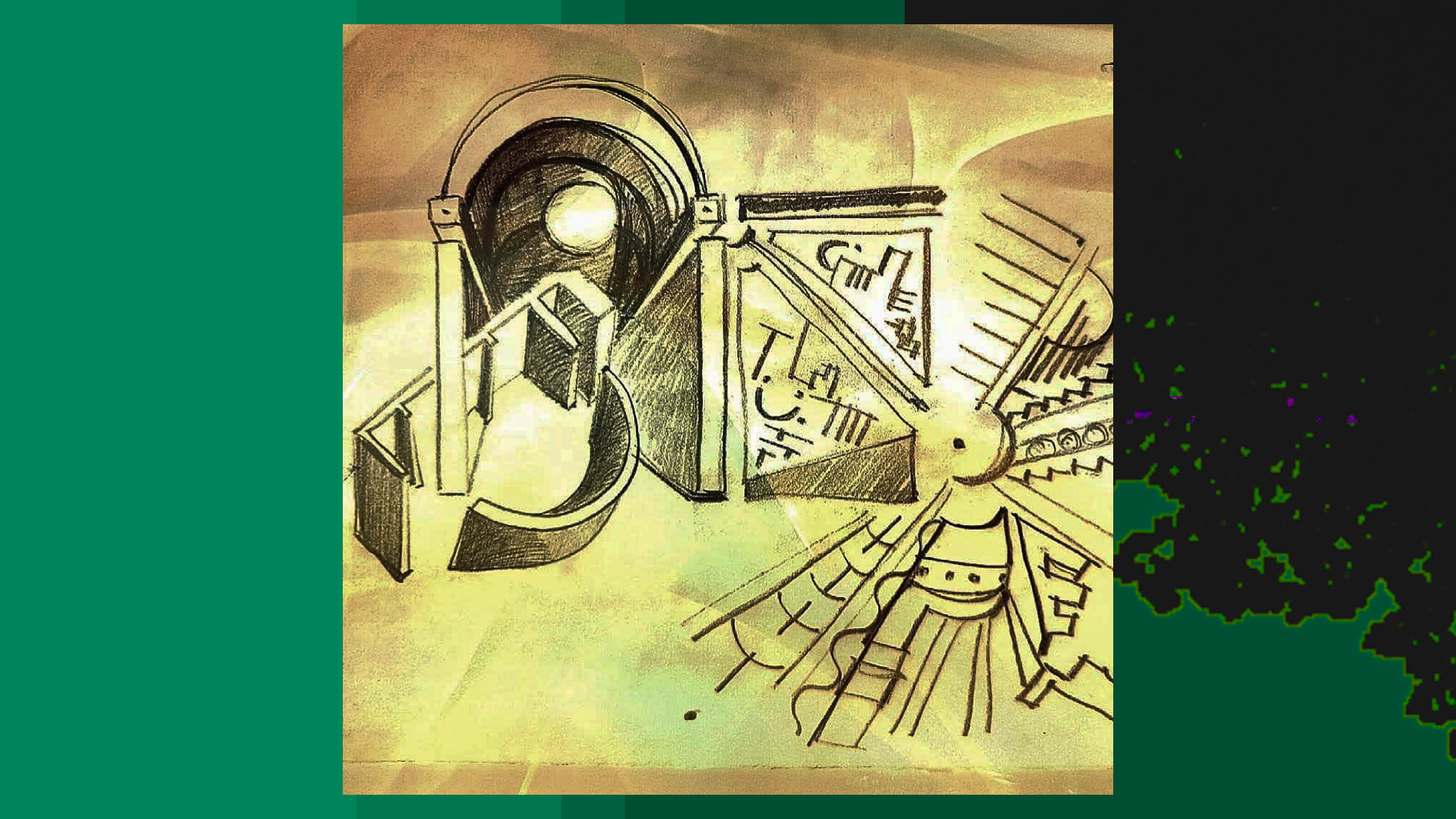
Short
Ionone's short videos
across platforms like Facebook, Vimeo, and YouTube offer a visually engaging experience, often blending abstract imagery with thought-provoking themes. The videos tend to have a minimalist yet artistic approach, using striking visuals and subtle storytelling to evoke emotions.
The boundaries of the object
The boundaries of the object marked by the apparent outline the object itself and the space surrounding it. This is the place where the object ceases to exist as itself and becomes part of the surrounding space, transforming into another object. The transmigration of the object from one state of matter to another
establishes the principle of eternity through constant evolution and redefinition.
From Design of new words and
Revelation Fourth Movement by Ionone Music.
Facebook.
Vimeo.
Transformation
Nothing can be built out of nothing. A construction presupposes a previous destruction, even if this is simple empty space; the object, the "non-object" marked by the boundary, the consciousness of the object itself, in their "corporeal" union will give rise to the phenomenon of the transformation of form. The remains of the old temple will be used for the construction of the new temple; the same stone blocks will tell the eternity of form.
Memories of the concept of transformation in various philosophies and sciences, where nothing is truly created or destroyed, but rather transformed from one state to another.
From Design of new words and
Revelation Fourth Movement by Ionone Music.
Vimeo.
On YouTube, the short videos showcase a mix of experimental cinematography and symbolic narratives, creating a unique viewing experience. The Vimeo content follows a similar pattern, often featuring atmospheric sequences that complement the artistic vision.
short videos

